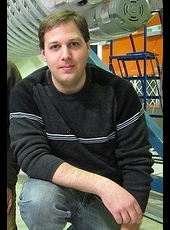

The Institute for Modeling Plasma, Atmospheres, and Cosmic Dust (IMPACT) is excited to host its 12th annual International Observe the Moon Night (IOMN) in Boulder, Colorado on Saturday, September 14th. The event will take place on Pearl Street, in front of the Boulder Courthouse (1325 Pearl St.), from 7:00 PM to 10:00 PM. IMPACT team members will offer the public a unique opportunity to view the moon through two 8-inch telescopes, with viewing ladders available to assist young children in enjoying the experience. CU Boulder professors will also be on hand to provide fascinating insights into the moon and share updates on current space missions. Don't miss this chance to explore the night sky with us!
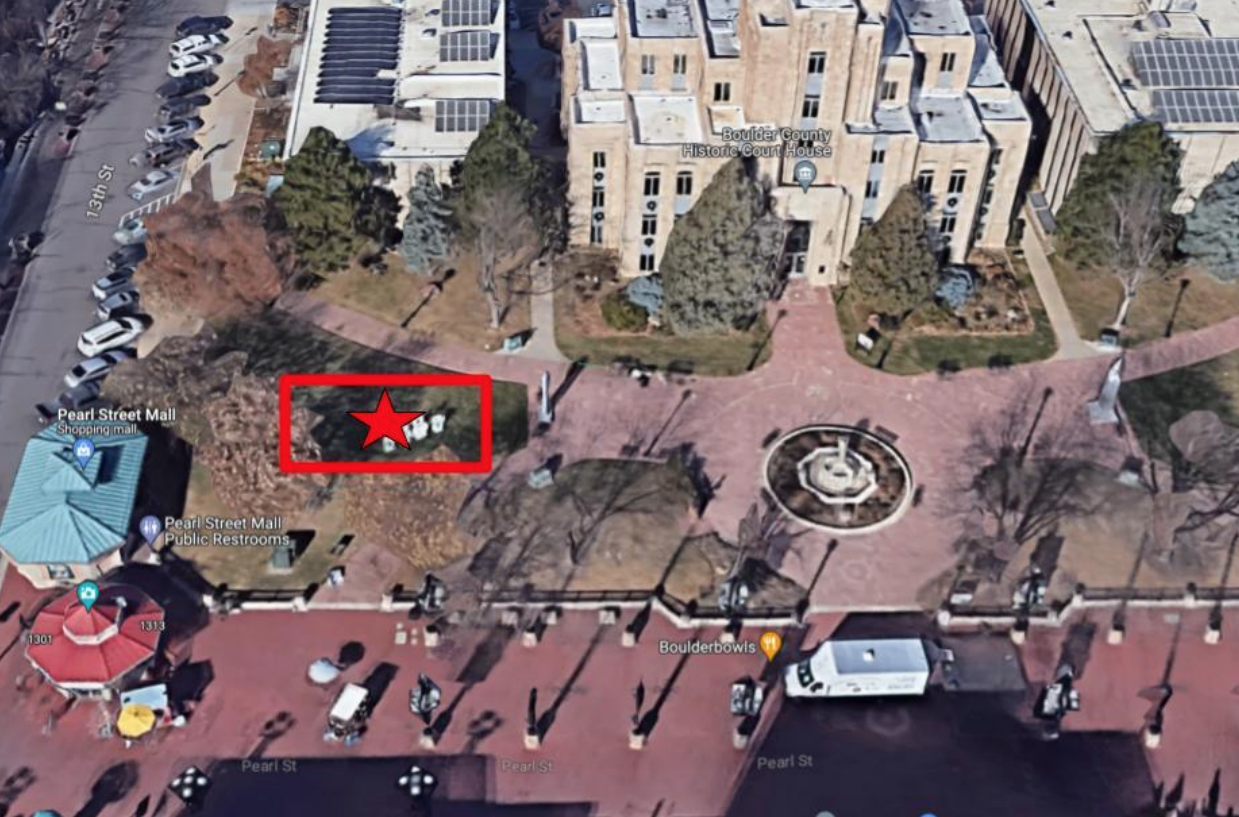
At the 2024 NASA Exploration Science Forum (NESF), two students from the IMPACT lab received awards for their contributions. Sean Gopalakrishnan received third place in the oral presentation category, while Ethan Ayari won first place for the poster presentation category.
Sean Gopalakrishnan's presentation, "Laboratory Study of Plasma Charging Inside Lava Tubes on the Lunar Surface," explored the potential of lunar lava tubes as viable locations for lunar habitats. This investigation measured the floating potential and plasma environment at the bottom of a physical model of a lunar lava tube using the Colorado Solar Wind Experiment (CSWE). Sean's findings revealed that the potential at the bottom of the surface is positive and increases with ion beam energy and lava tube depth, and additionally showed that the positive charging is partially neutralized by the generation of secondary electrons with the lava tube side walls.
Ethan Ayari's poster, "Probing the Surface Composition of the Moon with a Dust Analyzer," focused on developing an instrument to measure interplanetary dust particles impacting the Moon. This research aims to understand the evolution of volatiles in permanently shadowed lunar regions. Using impact ionization time-of-flight mass spectrometry, Ethan's work contributes to our understanding of lunar volatiles and their potential for in-situ resource utilization.
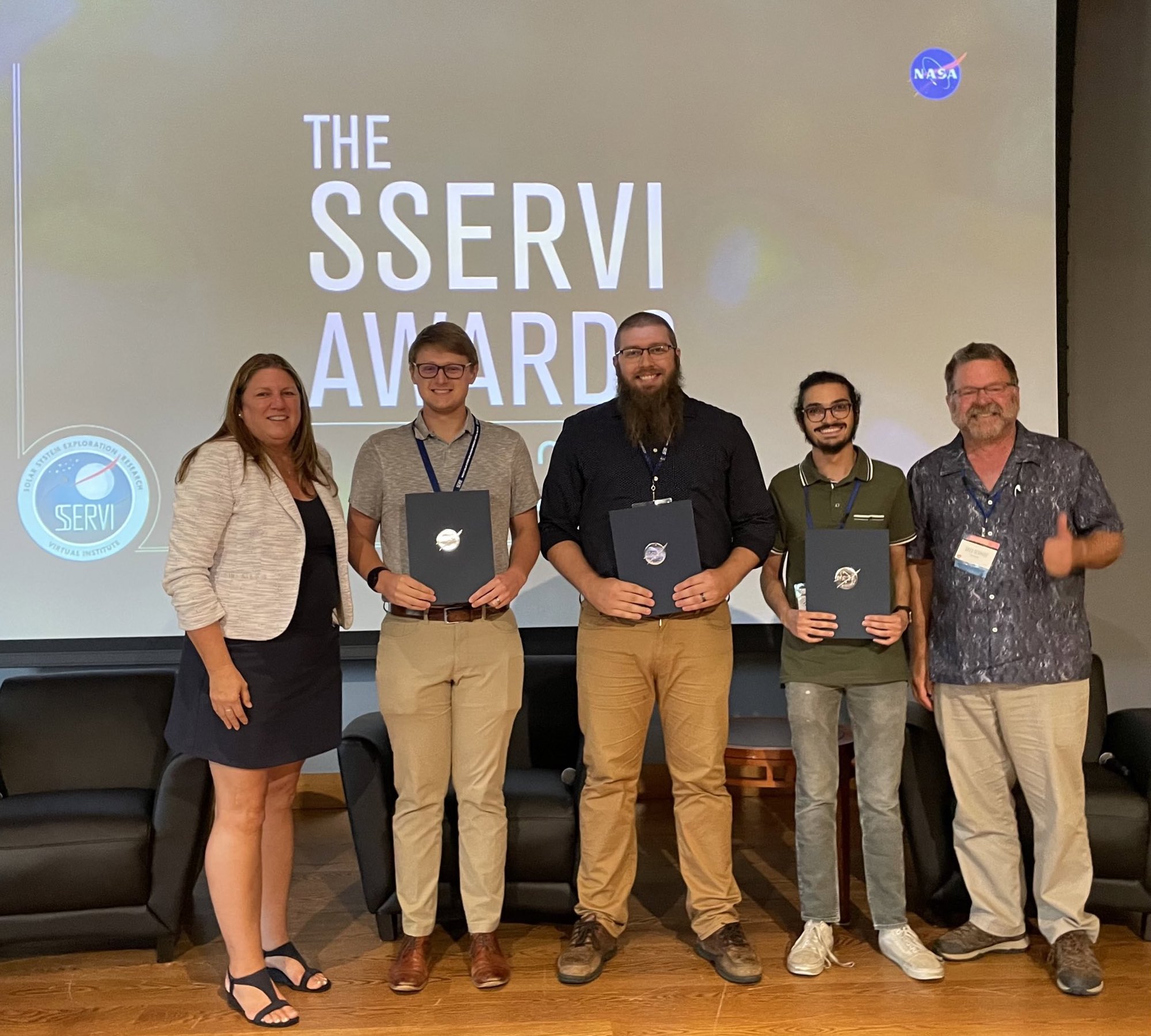
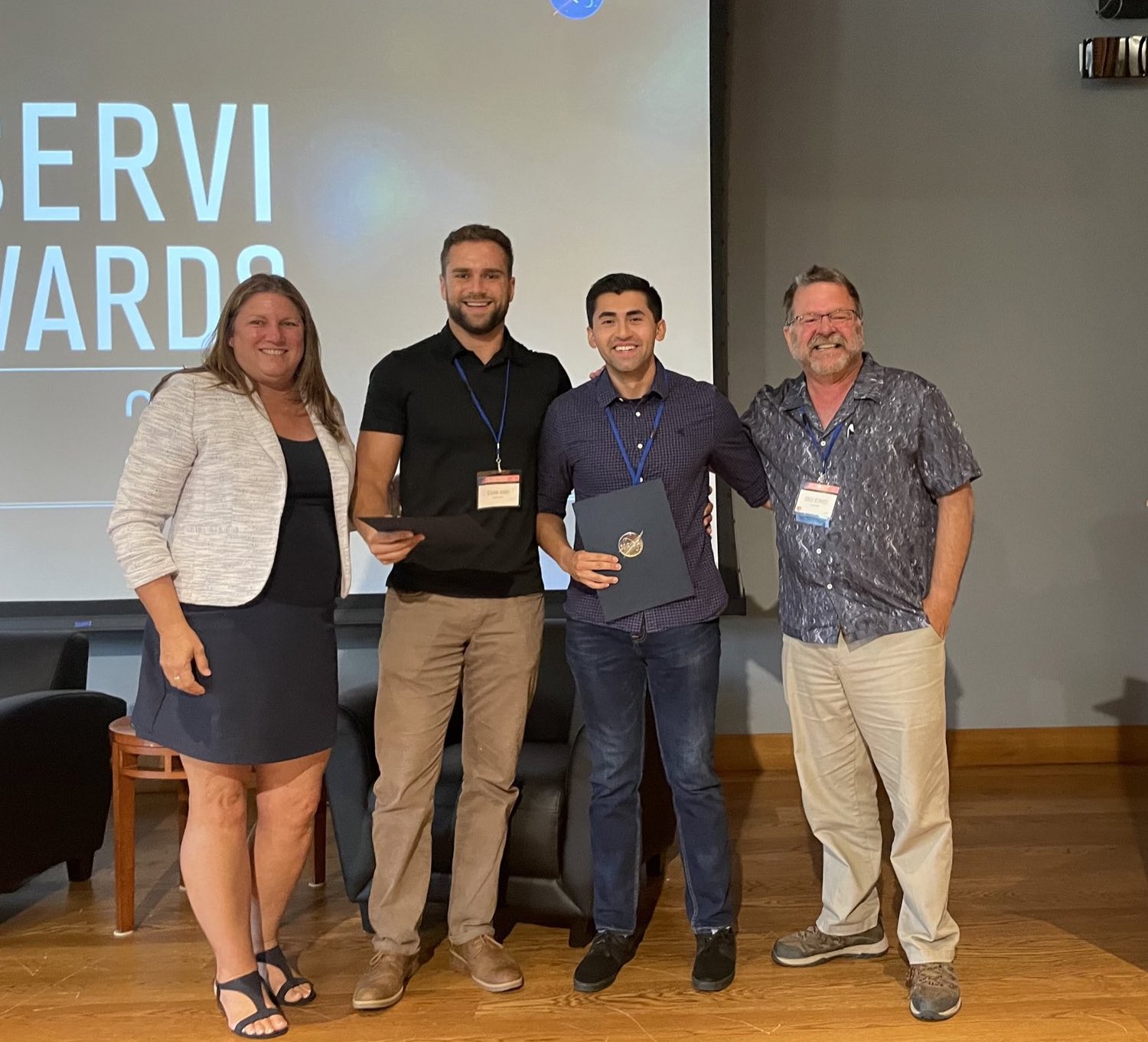
Dr. Xu Wang from CU, Boulder and the Institute for Modeling Plasma, Atmospheres and Cosmic Dust, received an award from NASA's PICASSO program to develop a new tool called the Compact Electrostatic Dust Analyzer (CEDA). This low-power instrument will measure how dust moves and behaves on small, airless bodies like asteroids and Martian moons. CEDA will help scientists understand the changes in surface properties of these bodies, offering important information about their environments. The full story can be found here.

The Europa Clipper mission, set to launch in October 2024, aims to explore Jupiter's moon Europa and its potential to harbor life. On board this mission is the Surface Dust Analyzer (SUDA) led by Sascha Kempf, a researcher at the Institute for Modeling Plasma, Atmospheres, and Cosmic Dust. SUDA will analyze dust particles ejected from Europa's surface, providing critical data about it's composition. Additionally, SUDA is designed to detect amino acids, which could indicate the presence of life.
John Fontanese, another researcher from the IMPACT lab, played a pivotal role in testing SUDA. The IMPACT lab's dust accelerators simulated the high-speed impacts SUDA will experience in space. Fontanese ensured accurate testing conditions, crucial for SUDA's development. These efforts at IMPACT are vital for the Europa Clipper mission, promising to unveil detailed insights into Europa's surface and its potential habitability. The full story can be found here.
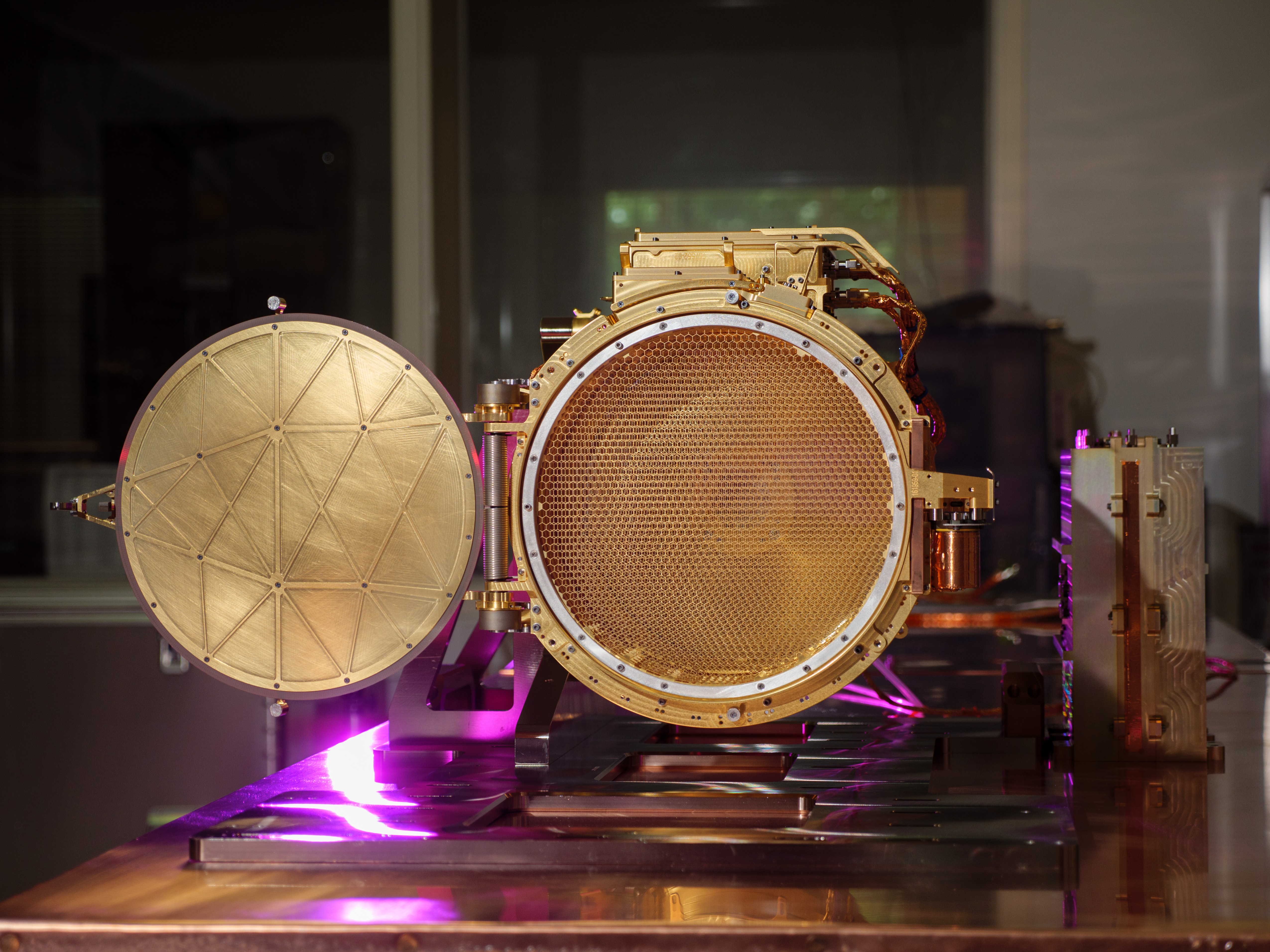
A team of researchers from the Laboratory for Atmospheric and Space Physics (LASP) at the University of Colorado Boulder, including IMPACT's Xu Wang and Mihály Horányi, alongside the Colorado School of Mines, was honored as a winner in NASA's 2023 Entrepreneurs Challenge. Their winning concept, the Lunar Anti-Dust Microgrid, aims to provide a service station on the moon for vehicles and astronauts to recharge and remove dust from their surfaces. This innovative idea employs electron beam dust mitigation technology, developed based on decades of lunar dust science studies. Wang and Horányi, co-founders of Space Dust Research & Technologies (SDRT), have filed patents to protect the technology and are collaborating with CU Boulder's Venture Partners to further develop it. The team's proposal garnered them an $85,000 award, supplementing their previous $16,000 prize, facilitating the creation of a prototype. Additionally, the Colorado School of Mines members, Kenneth Liang and Chris Tolton, founders of Orbital Mining Corp., contributed to designing the microgrid. The full story can be found here.
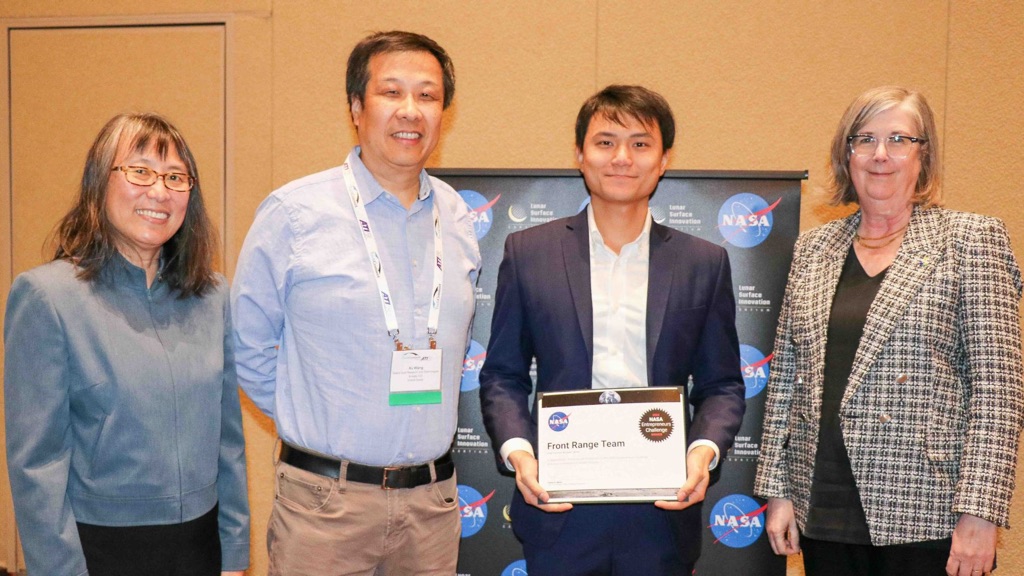
NASA's New Horizons spacecraft has unveiled new insights into the potential expansion of the Kuiper Belt, challenging previous estimations. Recent data from the Student Dust Counter (SDC) instrument, developed by students at the University of Colorado Boulder's Laboratory for Atmospheric and Space Physics (LASP), indicates unexpectedly high levels of dust, disrupting existing scientific models and suggesting a broader Kuiper Belt than previously believed. These discoveries, detailed in a recent Astrophysical Journal Letters publication, signify a notable advancement in our comprehension of the solar system's outer limits. Lead author Alex Doner, a physics graduate student at the University of Colorado Boulder, emphasizes the significance of these direct measurements of interplanetary dust beyond Neptune and Pluto's orbit. Since New Horizons launched in 2006, the onboard instruments have made a number of significant measurements, including landmark encounters with Pluto in 2015 and the Kuiper Belt object Arrokoth in 2019. The unexpected findings align with recent telescopic observations indicating Kuiper Belt objects beyond previously identified boundaries. As scientists continue analyzing the data, potential explanations for the heightened dust levels, such as radiation pressure or previously unaccounted-for ice particles, are under consideration. With the New Horizons mission expected to extend into the 2040s, further revelations about the Kuiper Belt's composition and reach are anticipated, offering unprecedented insights into the dynamics of our solar system's outer regions. The full story can be found here.
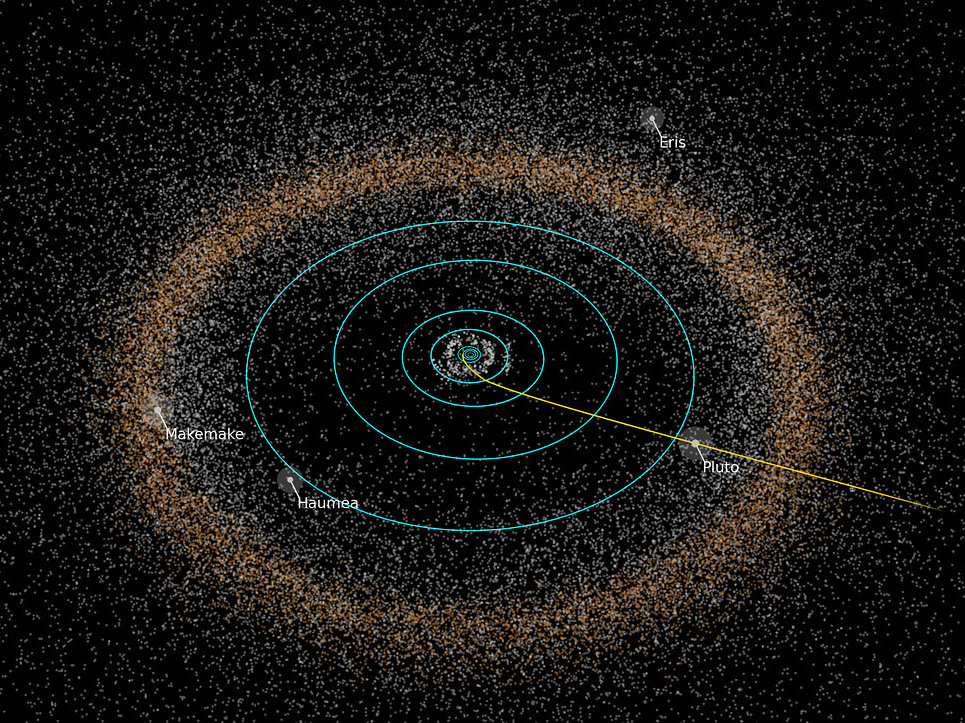

On Friday February 16, IMPACT member prof. Jordy Bouwman presented their new study for the NASA Precursor Science Investigations for Europa (PSIE) to the Europa community. The research is threefold and spans researchers from IMPACT (CU Boulder/LASP), University of Virginia, and NASA JPL. The work is threefold and involves 1) studies of the effect of hypervelocity particles and electrons on the chemical composition of ices, 2) characterizing the detectability of organic molecules with SUDA using an ice accelerator and 3) a modeling effort to study the chemical evolution of Europa's ice crust. The slides for the presentation can be found here. We are excited to be starting this research program.
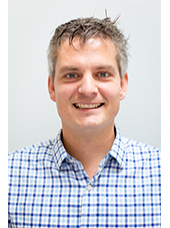
In a fusion of art and science, Alexandra Lockhart, renowned dancer and choreographer, unveils a series of dance films created during her artist-in-residence tenure. The films, inspired by space physics, including the dynamic processes at IMPACT's Pelletron accelerator, symbolize the relationship between creativity and scientific inquiry.
One of the films, "IO'S DUSTY SPIRAL", is inspired by Dr. Mihály Horányi's simulation of 'The Dusty Ballerina Skirt'. This piece captures the spiral of dust ejected from the volcanoes on Jupiter's Moon, Io.
Another film by Lockhart, "Dust Whispers", intertwines dance with the mysteries of space dust and scientific exploration. This dance took place in front of the Pelletron Accelerator at IMPACT and is Inspired by the precision of the Accelerator's gas transfer process.
The videos and full story can be found here.
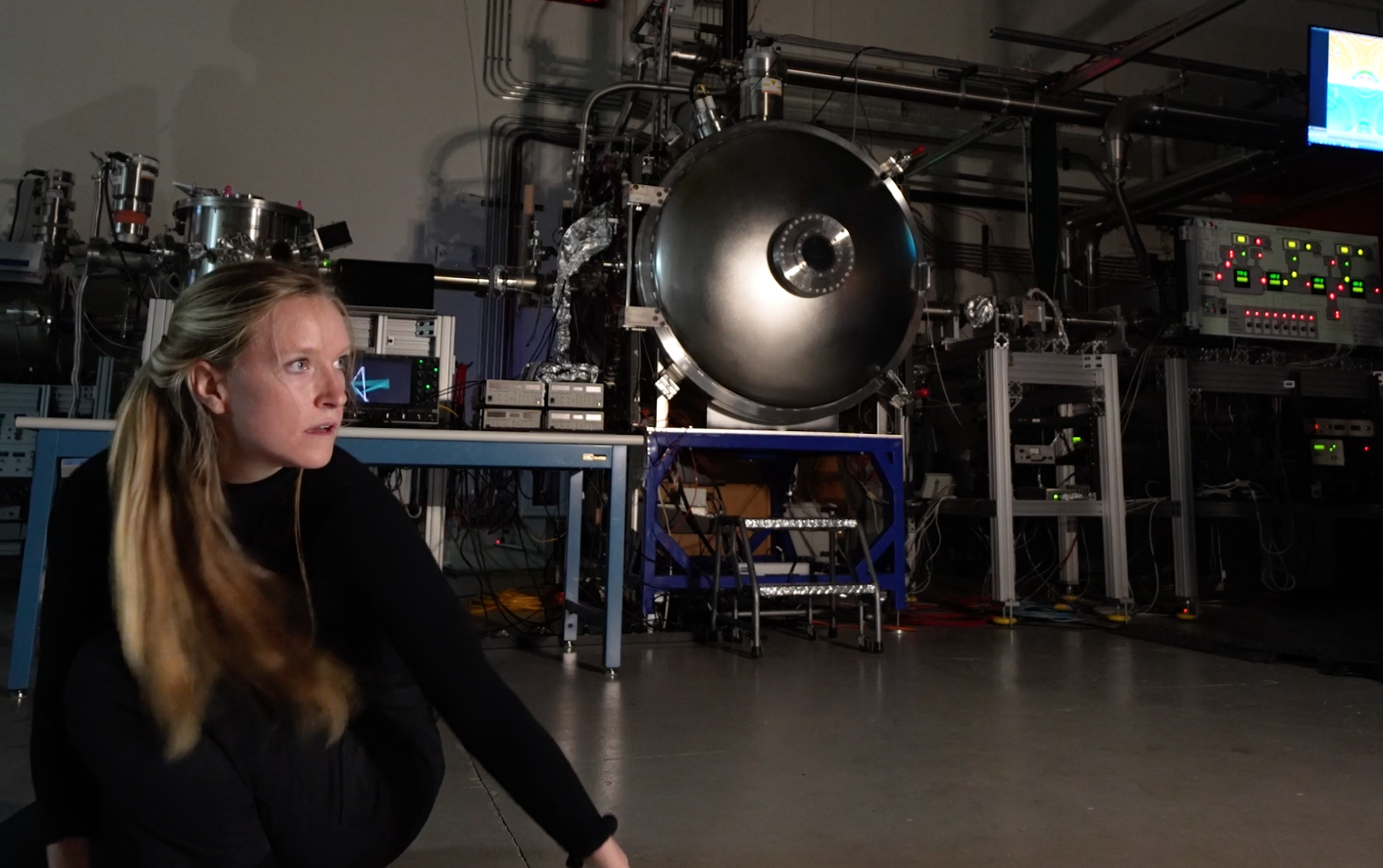
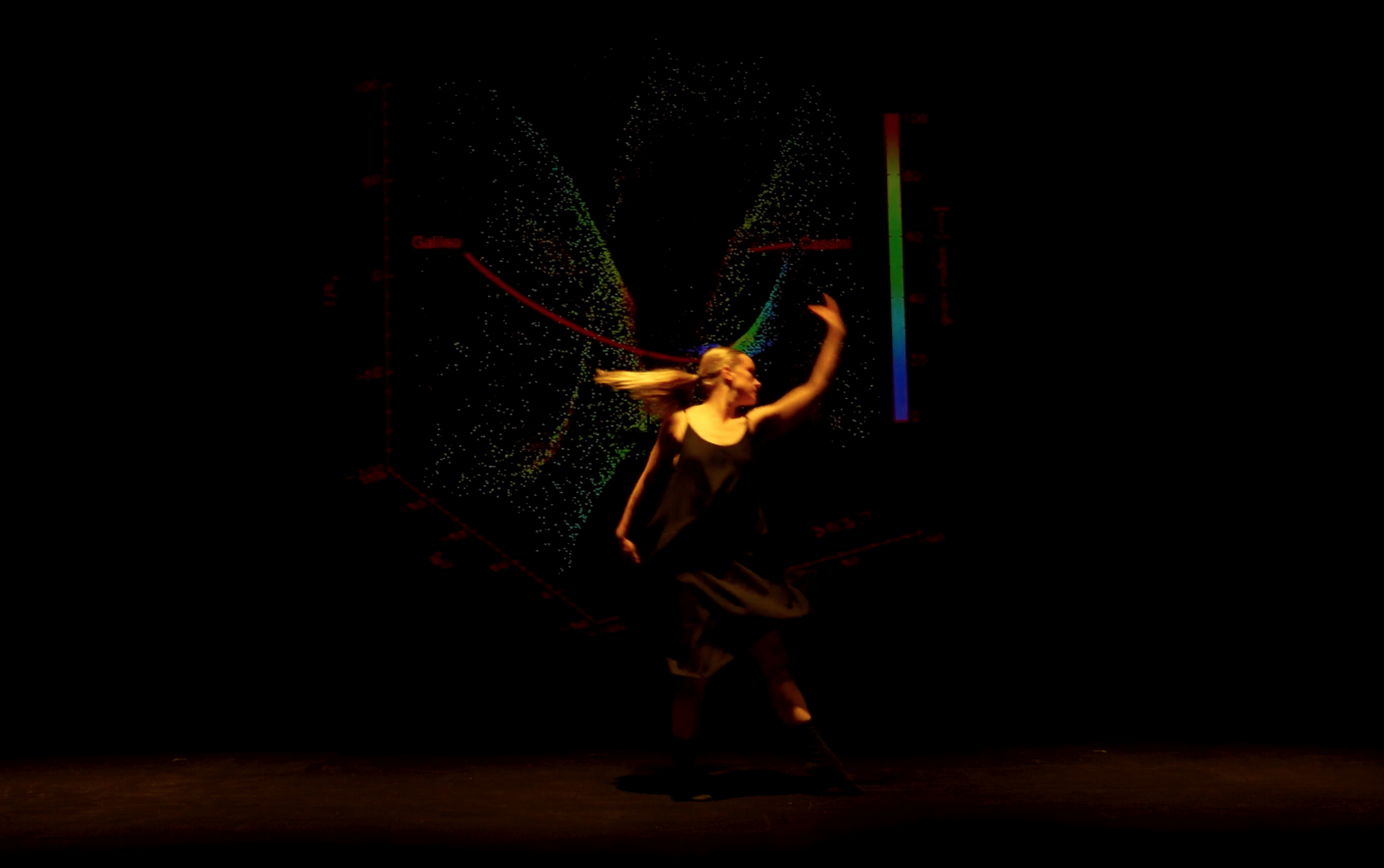
Scientists and engineers at CU Boulder are set to contribute to NASA's IMAP mission, focusing on collecting interstellar dust particles that hold clues about the origin of our solar system. The Interstellar Dust Experiment (IDEX), a 47-pound instrument developed by the Laboratory for Atmospheric and Space Physics, will be installed on the IMAP spacecraft at Johns Hopkins University. Over the two-year mission, IDEX will analyze the composition of interstellar and interplanetary dust particles, providing valuable insights into the universe's building blocks. Launching in spring 2025, IMAP will travel 1 million miles to Lagrange Point 1. The instrument's 20-inch-wide aperture will capture dust particles, enabling detailed analysis during the mission. The full story can be found here.
CU Boulder's Laboratory for Atmospheric and Space Physics celebrates NASA's 13th annual observe the moon night by providing professional grade telescopes for the public to use for free. The event took place on October 21st from 6pm to 9pm on the courthouse lawn at the Pearl Street Mall. Alex Doner, a current IMPACT graduate student speaks about the event and the Newtonian-style telescopes they used. The full story can be found here.
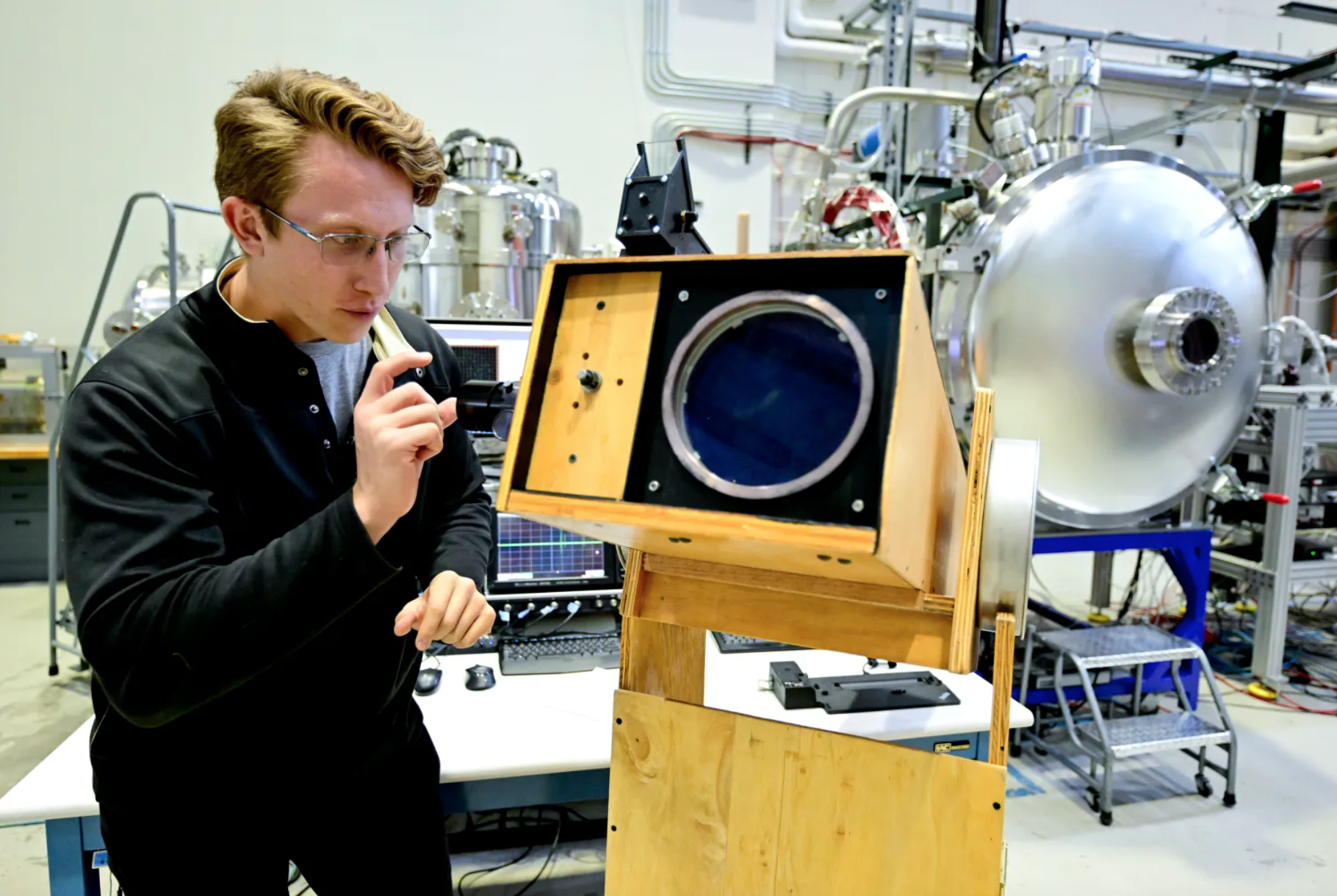
Since the mid 1980's LASP has engraved Ralphie onto every instrument they've sent into space. In 2015 The New Horizon mission carrying SDC passes Pluto. SDC which is engraved with Ralphie is now more than 5 billion miles from Boulder.
EDA was funded by NASA's Development and Advancement of Lunar Instrumentation (DALI) program and has undergone a series of developments and tests, and successfully achieved Technology Readiness Level (TRL) 6 in early 2023. EDA as part of an instrument suite proposed at Laboratory for Atmospheric and Space Physics (LASP) is now competing for NASA's Artemis III crewed mission to the lunar south polar region. If selected, it will be expected to be launched in December 2025
Electrostatic Dust Analyzer (EDA) developed at NASA SSERVI's IMPACT is a dedicated instrument to unambiguously answer a more than five-decade old question about electrostatic dust lofting on the lunar surface, which was first indicated from observations by several NASA's Surveyor spacecraft in late 1960's, the so-called Lunar Horizon Glow. Understanding this electrostatic process on the lunar surface addresses important issues on dust hazards and their mitigation for future long-term, sustainable human and robotic exploration to the surface of the Moon. In addition, measurements by EDA on the lunar surface will greatly advance our understanding of electrostatic dust lofting and its effects on surface processes on all airless bodies in the solar system.
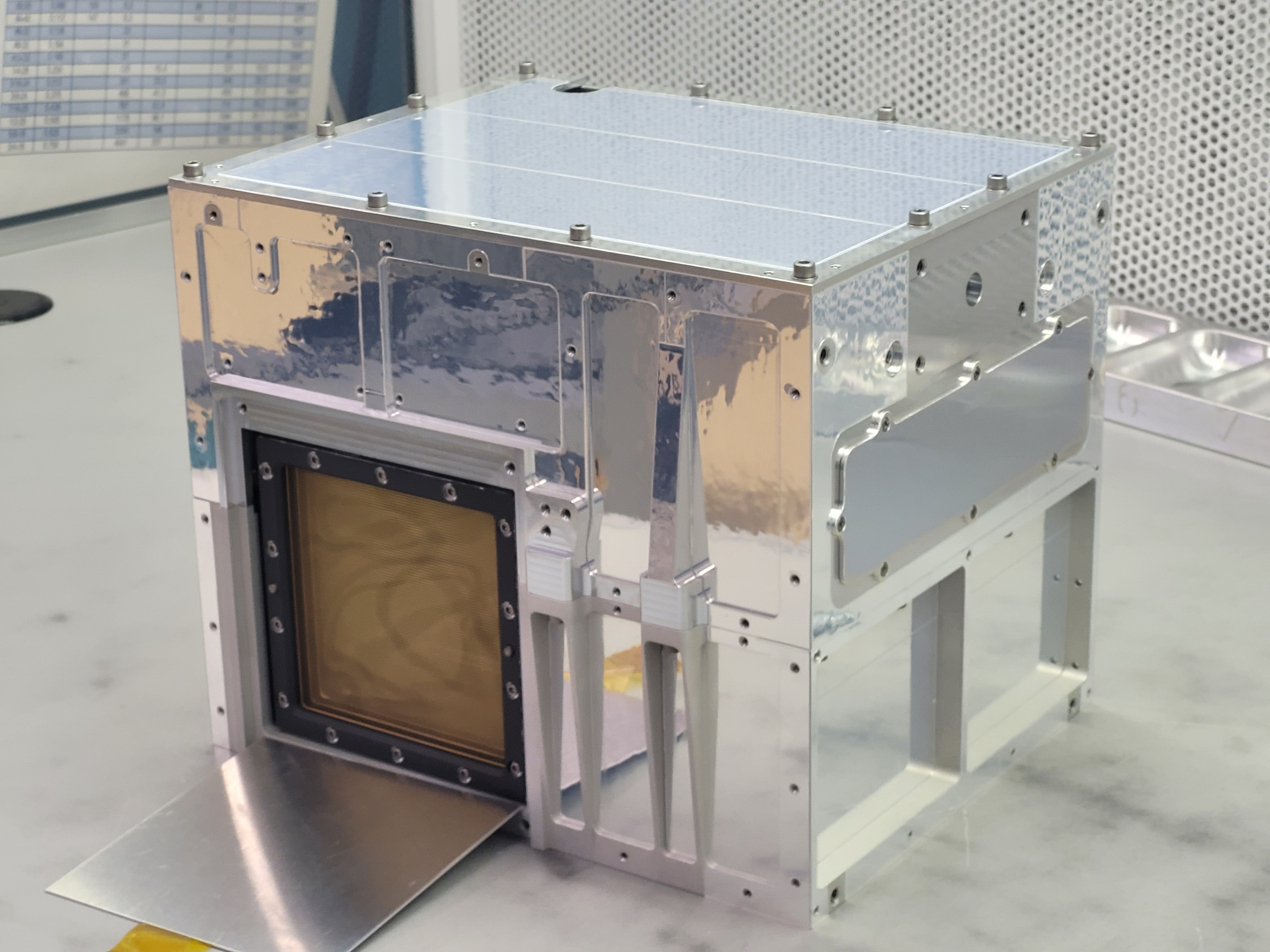

Ethan Ayari, a current IMPACT graduate student wrote and defended an honors thesis regarding electron motion and emissions within the device. Similar auroral emission demonstrations will be available at future talks.
Xu Wang, a research scientist for the Laboratory of Atmospheric and Space Physics (LASP) and IMPACT CO-I discusses the lunar dust environment in a Washington Post video. the original article can be found here .

Bill Goode, a PhD recipient from the Ann and H.J. Smead Aerospace Engineering Sciences, gave an ABC 7 interview regarding the delivery of the Surface Dust Analayzer (SUDA) aboard the flagship Europa Clipper. Bill's research at IMPACT involves mapping the composition of the Jovian moon Europa's surface. To read the original article, please see here .
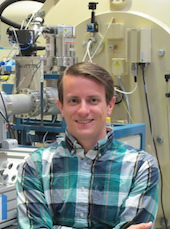
Jordy Bouwman, professor of chemistry at CU Boulder and IMPACT researcher, presented a Physical Chemistry and Chemical Physics seminar on the formation and dissociation mechanisms of interstellar Polycyclic Aromatic Hydrocarbons (PAHs) at a molecular level of detail. The seminar also explained how – by making use of the unique capabilities of the dust accelerator at LASP – this research will investigate the organic contents of dust particles in our Solar System.

Ethan Ayari, Alex Doner,Brandon Cage, and Thomas Watts successfully authored and defended honors theses and were included in the spring 2021 Honors Convocation. Alex wrote "Restoring Light Transmission of Glass Surfaces in Space", Brandon wrote "Attractive Behavior of Conductive Like-Charged Dust Grains In a Plasma", Thomas wrote "Simulation of Cold Cathode Discharge Tube Glow Profiles", and Ethan Wrote "Modeling Ring Currents with a Planeterrella Device". These works can be accessed here .

Zach Ulibarri, an IMPACT grad student, gave a radio interview to the How on Earth program at KGNU with SWRI's Joel Parker. He explained his research working at the IMPACT accelerator's cyrogenic ice target.
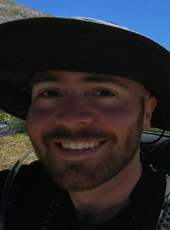
Hsiang-Wen Hsu, an IMPACT research associate, gave a LASP seminar about his work on electrstatic dust transport on asteroids, covering results from Near Earth Asteroid missions, their relation to ongoing IMPACT laboratory experiments, and why electrostatic processing is likely a missing puzzle piece in asteroid studies.

CU Boulder Today featured an article about research from IMPACT's Benjamin Farr, Xu Wang, and Mihály Horányi about using an electron beam to clean scientific equipment on the Moon. Lunar dust proved to be very difficult to deal with during the Apollo missions, and IMPACT's electron beam was able to remove as much as 85% of simulant dust from surfaces in just a few minutes. You can read the article here.
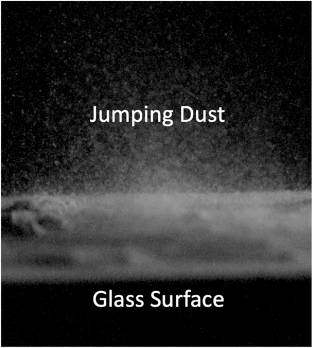
Frank Postberg, the Head of Planetary Sciences and Remote Sensing at Freie Universität in Berlin gave a talk at LASP and IMPACT about the composition of Enceladus as measured by the Cassini Spacecraft's Cosmic Dust Analyzer and various other instruments. You can view his talk here.
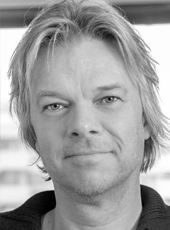
Jordy Bouwman, an Assistant Professor at the Leiden Observatory, a part of Leiden University, gave a talk at LASP and IMPACT. His research follows the evolution of interstellar dust grains and meteorites. A video of his talk can be found on the IMPACT vimeo account here.
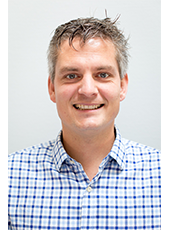
Washington University in St. Louis Research Assistant Professor Nan Liu gave a talk at LASP and IMPACT. Her research uses isotopic ratios to study the history, distribution, and origins of interstellar dust grains. You can watch the video of her talk here.
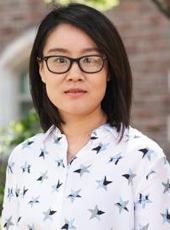
Brett McGuire, a Hubble Fellow at the National Radio Astronomy Observatory, gave a talk at LASP an IMPACT. His talk covered his research into the molecular makeup of the galaxy using rotational spectroscopy. A video of his talk can be found on the IMPACT vimeo account here.

IMPACT student Lihsia Yeo, who works with Xu Wang on laboratory simulations of the solar wind and its interaction with the moon, participated in a Geoscience Grab Bag press conference held at the 2019 American Geophysical Union (AGU).
You can view the press conference here.
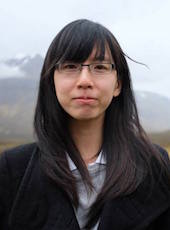
The Laboratory for Atmospheric and Space Physics (LASP) at the University of Colorado at Boulder invites applications for a tenure-track assistant professor position to start in August 2020, in the general field of Cosmochemistry. The successful candidate is expected to establish a vigorous program, complementary to the ongoing research of the Institute for Modeling Plasmas, Atmospheres, and Cosmic Dust (IMPACT: http://impact.colorado.edu), a node in NASA's Solar System Exploration Research Virtual Institute (SSERVI).
Areas of interest include: Analysis and interpretation of composition measurements of cosmic dust and their significance for studies of the origins and evolution of the solar system. Development of new laboratory experiments at the Colorado Dust Accelerator Facility to support instrument development and data analysis. Using dust composition measurements to model the chemical evolution of solar system bodies: Moon, asteroids, comets, and all other planetary objects. Applicants should have a Ph.D. in Physics, Planetary Sciences, Chemistry, or related areas completed by March 15, 2020.
Contact Email: cosmochemist.search@colorado.edu.
The Fragments from the Origins of the Solar System and our Interstellar Locale (FOSSIL) is a mission concept to use composition measurements of interplanetary (IDP) and interstellar dust (ISD) particles to learn about the earliest stages of the formation of our solar system. It was submitted in response to the NASA's Discovery Program call for proposals in 2019.
Interviews with Dr. Mihály Horányi (Principal Investigator) and Dr. Neal Turner (Deputy Principal Investigator) explaining the mission's goals, architecture, and expected results can be found here.

IMPACT participated in its 10th annual International Observe the Moon Night (InOMN) since 2010. During the evening of October 5th, IMPACT scientists and engineers engaged with hundreds of passersby on Boulder's Pearl Street mall sharing views of the Moon and answering questions about planetary science and exploration.
For an article from the Daily Camera camera please visit here. For more general information about the event please visit here.
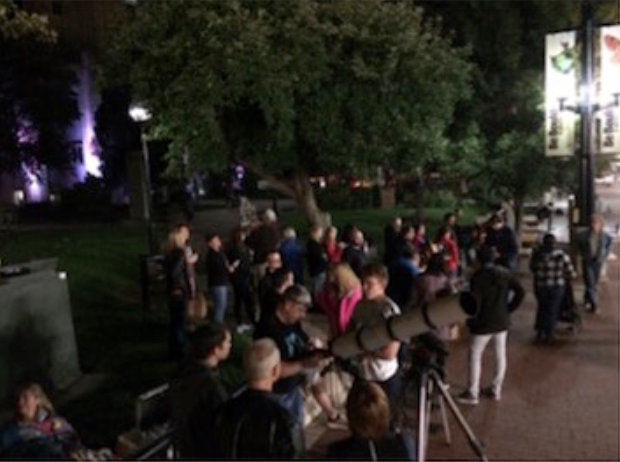
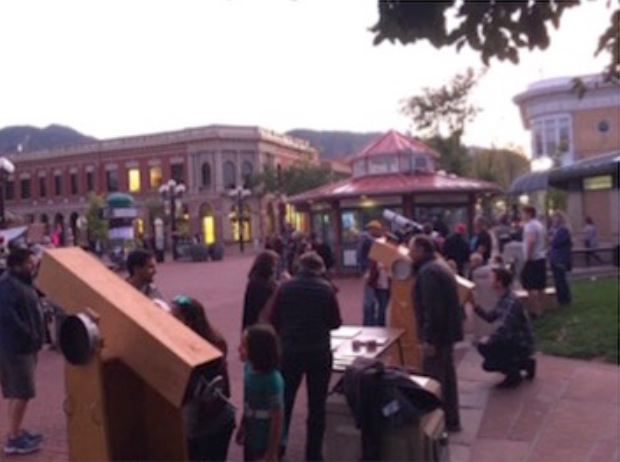
Bill Goode received a second place poster award at NASA's 2019 Exploration Science Forum. The award recognizes and rewards promising scientists while motivating and encouraging future work.

NASA has selected a new round of research teams to collaborate on research into the intersection of space science and human space exploration as part of the Solar System Exploration Research Virtual Institute (SSERVI). Among the eight teams selected is the Institute for Modeling Plasmas, Atmospheres, and Cosmic Dust (IMPACT).
IMPACT is an interdisciplinary program investigating the physical processes governing dusty plasmas on the moon and other airless bodies including issues necessary for ensuring human safety and long-term usability of mechanical and optical devices. Additionally, IMPACT conducts a series of interconnected experiments, which together advance a comprehensive understanding of impact-related phenomena. Areas explored include the measurement of particulate, gaseous and charged ejecta products from micrometeoroid impacts, including those onto icy targets.

In honor the the 50th anniversary of the Apollo 11 Moon landing we invite everyone to visit Apollo 11 in Real-Time to follow the entire Apollo 11 mission in real-time. Included are 2,000 photographs, 11,000 hours of Mission Control audio (covering each controller position), 240 hours of space-to-ground audio, onboard recorder audio, 15,000 searchable utterances, post-mission commentary, and astromaterial sample data. In addition to following the mission in real time, the website provides mutlimedia synced to mission time allowing visitors to see the specific moment an image was captured or a sample was collected.
This work was lead by Ben Feist with help from Stephen Slater as well as a many other contributors.
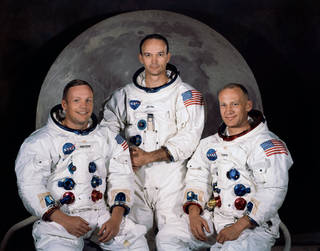
In 2006, NASA launched the New Horizons mission to explore the Pluto system and beyond. New Horizons had its closest approach with Pluto on July 14th, 2015 being the first spacecraft to visit the unexplored body. On new years, New Horizons will fly-by a second Kuiper Belt Object, Ultima Thule, uncovering the mysteries of the solar system relic. From launch to Utlima Thule and beyond, the student-built instrument, the Student Dust Counter (SDC), has been taking nearly continuous measurements of the interplanetary dust population. The principle investigator of the SDC is Mihály Horányi, who oversees the project.
For more information on the New Horizon's mission and the upcomming fly-by of Utlima Thule, please visit, here. For additional information on the SDC please visit, here.

IMPACT participated in its 8th International Observe the Moon Night (InOMN) since 2010. During the evening of October 20th, IMPACT scientists and engineers engaged with hundreds of passersby on Boulder's Pearl Street mall sharing views of the Moon, Saturn, and Mars.
More information about InOMN can be found here.
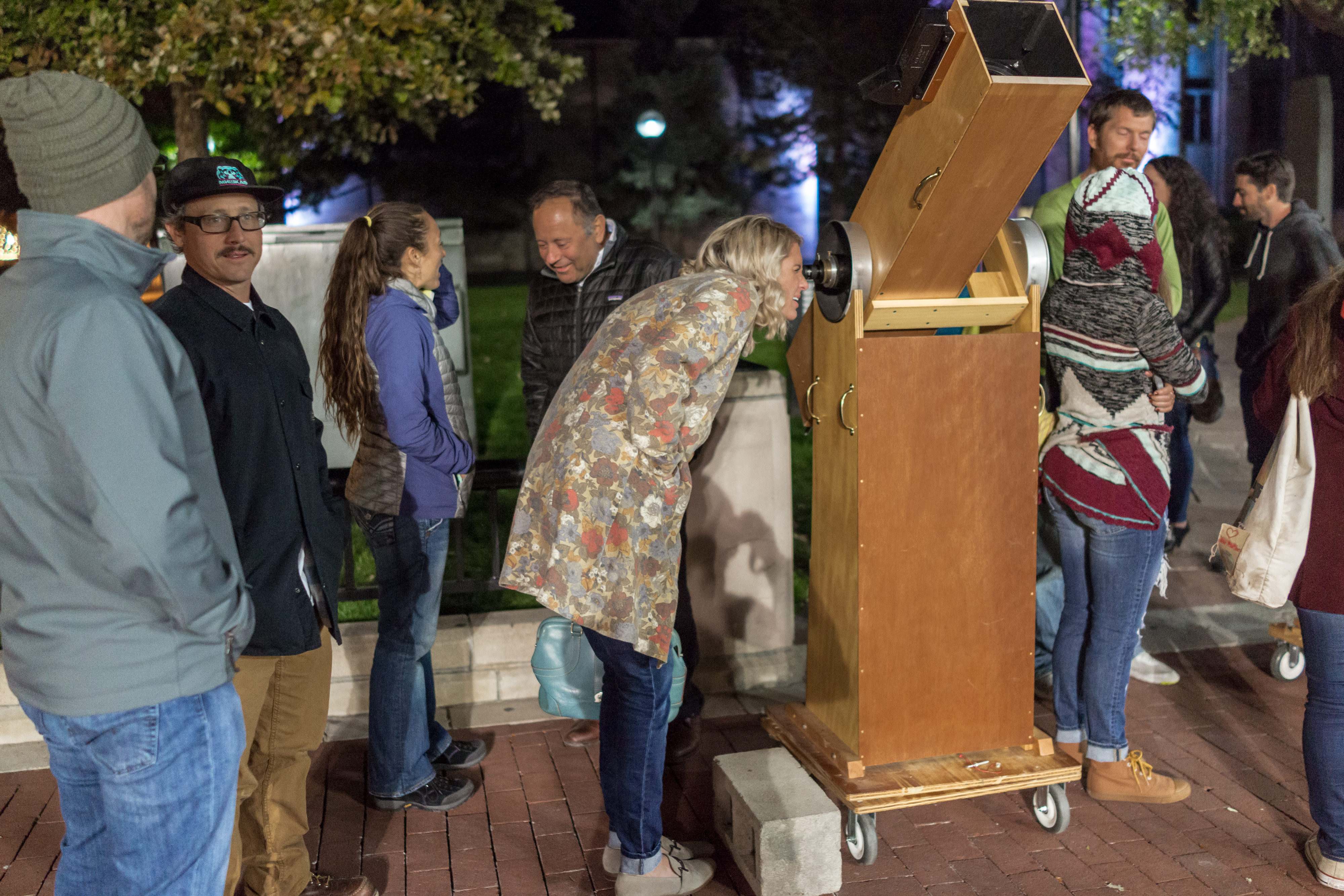
LASP recently celebrated its 70th anniversary by hosting an open house for collegues, family, friends, and the general public. The open house included talks by distinguished LASP scientists and engineers as well as tours through facilicities and poster sessions. The IMPACT lab hosted over 200 people detailing past, present, and future projects.
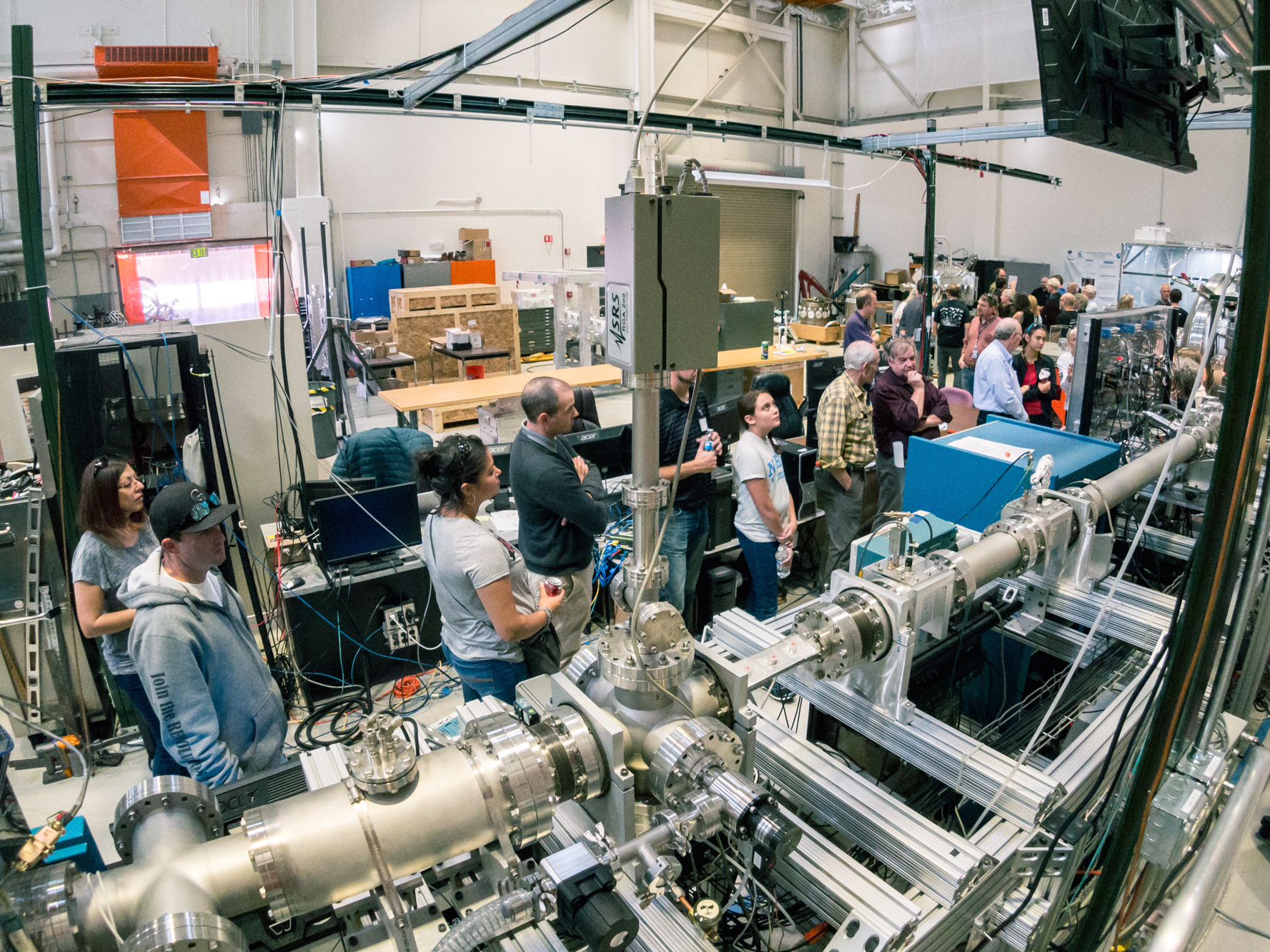
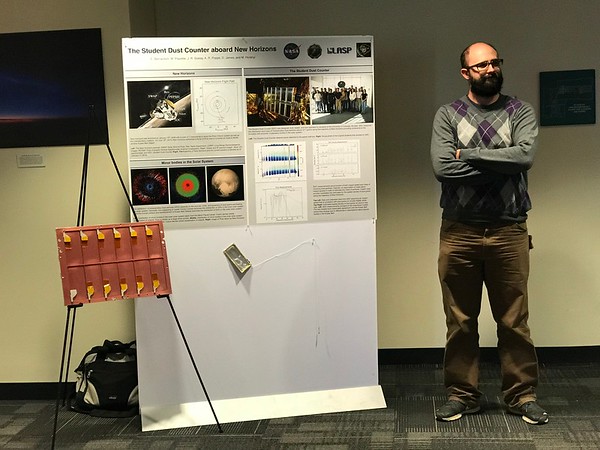
IMPACT research associate, Dr. Sean Hsu is the lead author of a recent Science paper that analyzed data from Cassini's Grand Finale tour of the Saturn system. Using data collected by the Cosmic Dust Analyser (CDA), the authors provide first ever in-situ measurements of the distribution and composition of infalling dust from the inner most ring. This study informs on the processes that shape Saturn's rings as well as the overall age of the system.
The paper published in Science can be found here.
A news article about the authors and their work can be found here.
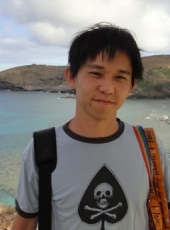
In coordination with IMPACT's Junior Aerospace Engineering Camp, students from La Casa de Esperanza have been learning about and building robots as well as the necessary computer code to navigate a race course. Tom Mason, of the Laboratory of Atmospheric and Space Physics (LASP), organized the camp and incoporated ideas such as basic robotics, code development, problem solving, and team work. The full story can be found here.
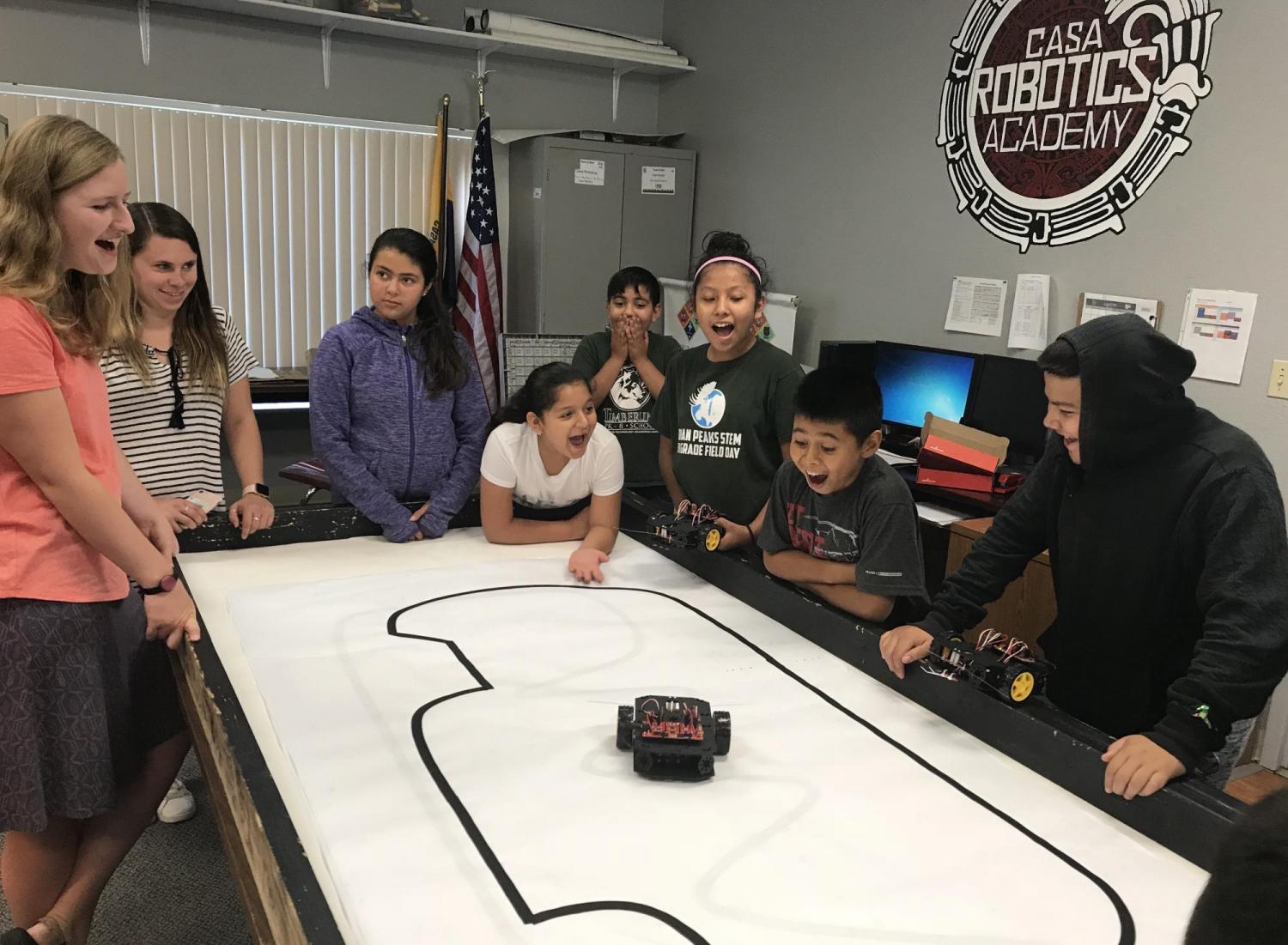
IMPACT CO-Investigator, Angel Abbud-Madrid, talks to CPR about space mining and in-situ resource utilization as well as new graduate programs at the Colorado School of Mines in Golden, CO. The full interview and audio recording can be found here.
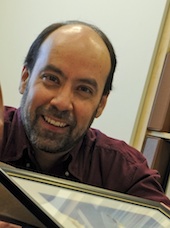
Zach Ulibarri received a second place poster award at NASA's 2018 Exploration Science Forum. The award recognizes and rewards promising scientists while motivating and encouraging future work. The full story including other winners can be found here.

Students at IMPACT with guidance from Xu Wang and Mihaly Horanyi have been exploring the hypothesis of dust mobilization on airless bodies due to interactions with ambient plasma and UV radiation. Their work has shown the ability to mobilize micron-sized and larger dust grains in vacuum under a variety of plasma conditions.
The results have been published in the Journal of Visual Experiments (JoVE), an online video journal that focuses on experimental methods as well as results. JoVE publishes written manuscripts as well as video documentation of experimental methods and protocol. The published article can be found here and more information about JoVE can be found here.
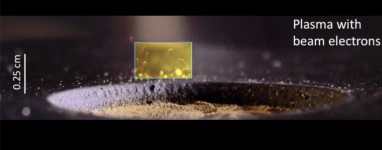
Researchers from the Planetary Exploration Research Center at the Chiba Institute of Technology in Japan used the IMPACT facilities to test the functionality of their newly designed large area dust detector. Impact tests were performed in the Dust Accelerator Laboratory and results showed a working prototype detector that uses acoustic detection methods. More information about the Chiba Institute can be found, here.
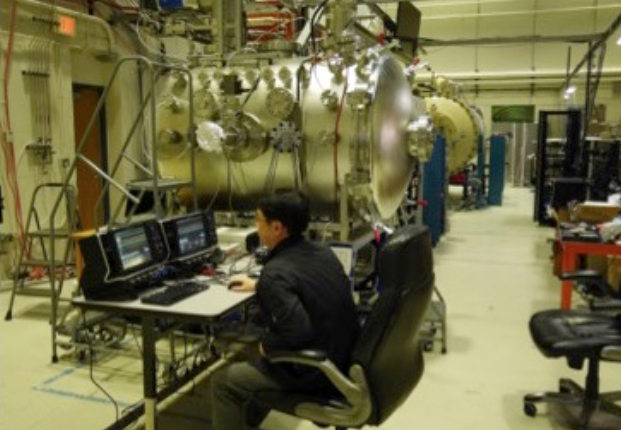
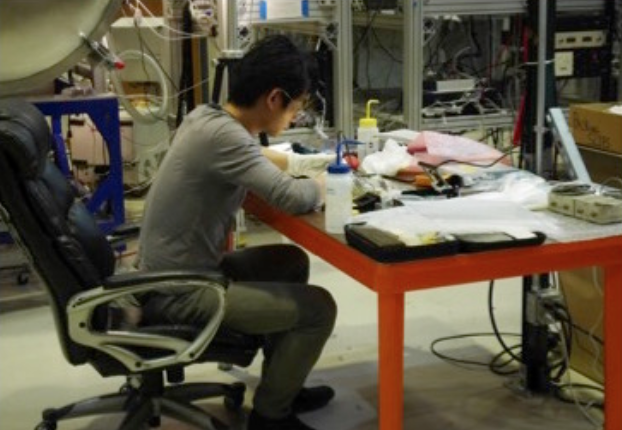
The Science Visualization Studio at NASA's Goddard Spaceflight Center has opened their 2018 Moon Phase and Libration webpage. The site uses NASA resources, such as the Lunar Reconnaissance Orbiter (LRO), to provide detailed visualizations of the Moon's phases throughout the year. In addition to showing the current, past, and present phases of the moon, the site allows viewers to explore lunar geography as well as the the motion of the Moon throughout the year. The site can be found here.
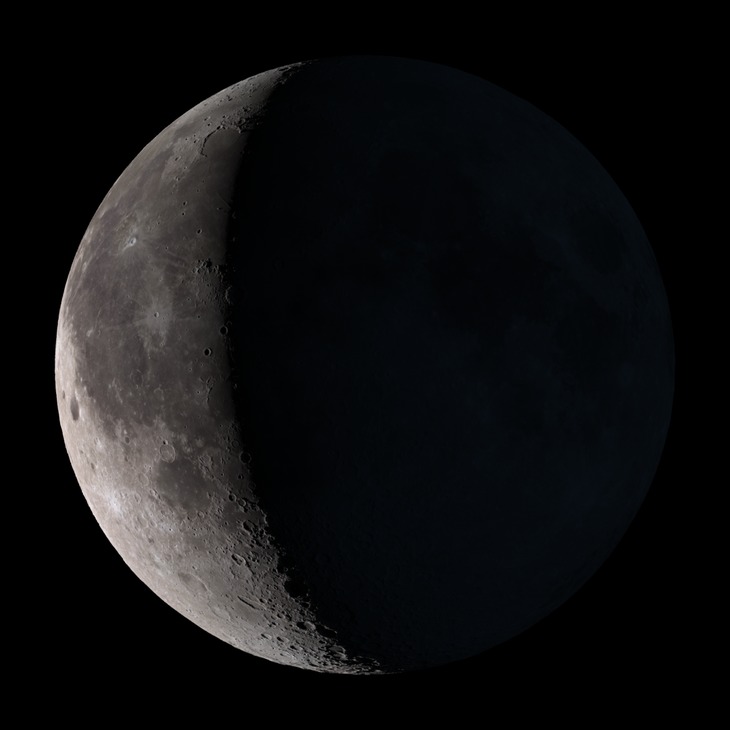
AGU's fall meeting is the largest Earth and space sciences conference in the world and was hosted in New Orleans from December 11th to the 15th. A selection of IMPACT posters and talks presented at AGU this year can be found here. General information about AGU and the fall meeting can be found here.
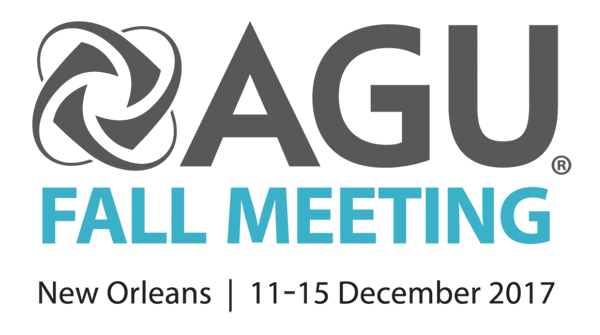
The CASSINI LEMMS team tested their instrument in the IMPACT dust accelerator. The team is investigating whether anomalous events observed near Saturn and Enceladus during the mission were dust impacts. These tests conducted at our facility will provide crucial data for interpreting this flight data.
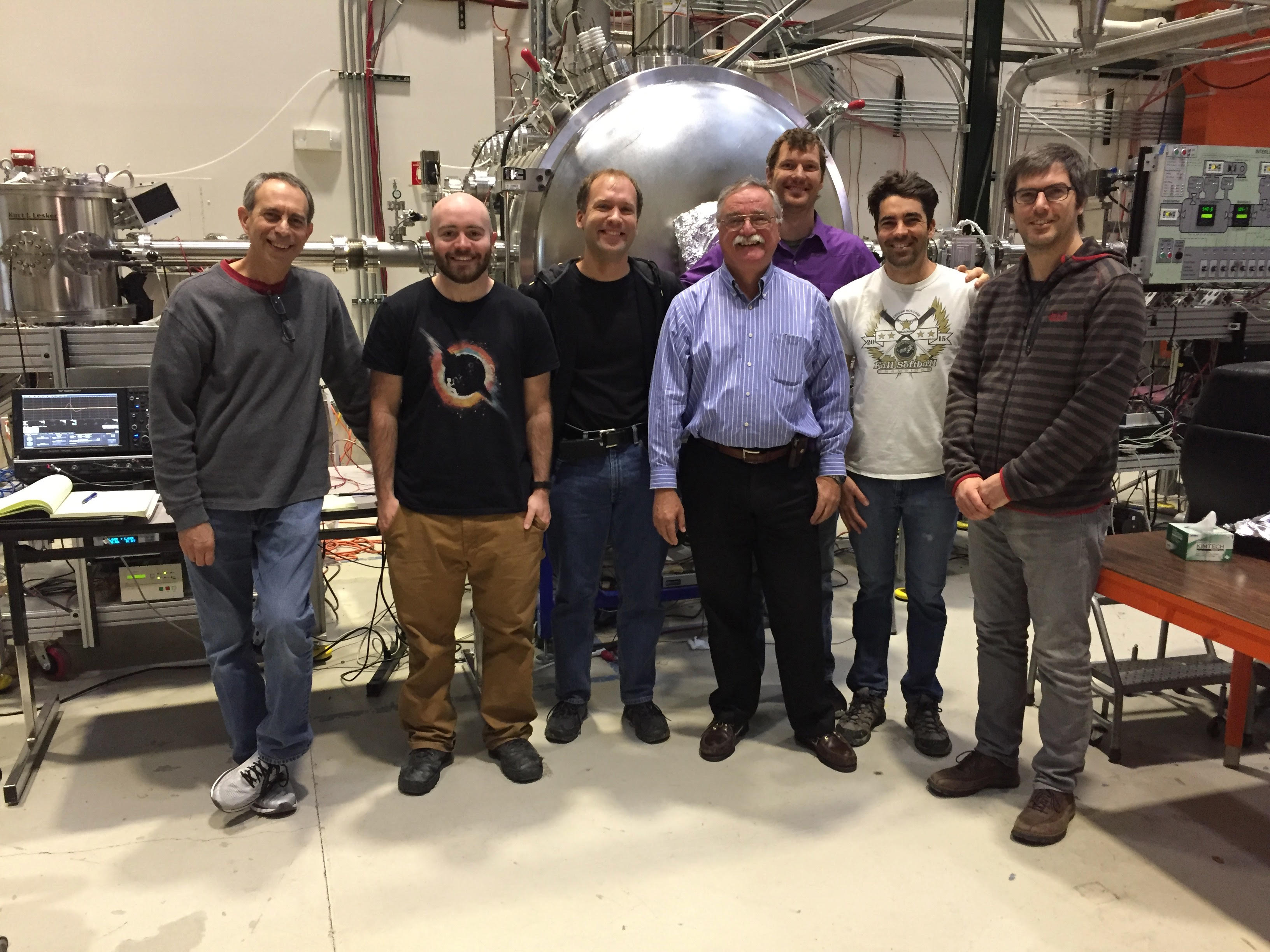
Zach Ulibarri received one of three student poster awards at NASA's 2017 Exploration Science Forum. The award recognizes and rewards promising scientists while motivating and encouraging future work. The full story including other winners can be found here.

Work from Xu Wang and Joseph Schwan was recently featured in a space.com article as well as an episode of Discovery Channel's news segment, DNews. Their work explores the mechanisms responsible for mobilizing and transporting dust on the lunar surface. The article can be found here and the DNews video can be found here.
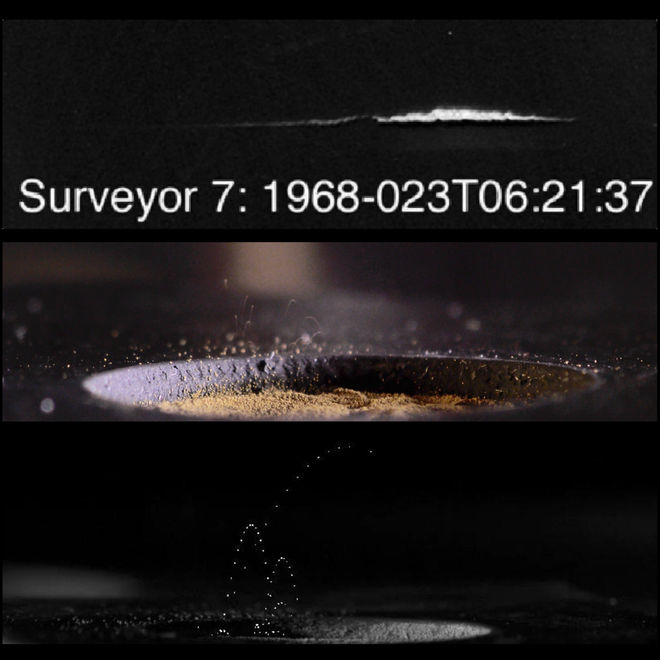
Joseph Schwan is an undergraduate student pursuing a double major in Mechanical Engineering and Physics. He works under Xu Wang researching dust dynamics in plasmas. The scholarship is funded by generous donations in the name of Raul A. Stern, a professor emeritus at CU Boulder.

Late last year, IMPACT hosted physiscist Zhehui (Jeff ) Wang from the Los Alamos National Laboratory (LANL) who conducted an experiment to better understand high energy microparticles. The experiment used high speed cameras from Vision Research to follow the behavior of hot and molten microparticles to support simulation and modeling efforts of magnetic fusion and plasma-material interactions. A full article from Vision Research can be found here. Footage provided by Vision Research can also be found here.

The Dust, Atmosphere and Plasma environment of the Moon and Small Bodies (DAP-2017) workshop was a forum to (i) discuss our current understanding of the surface environment of the Moon, the moons of Mars, and asteroids, (ii) share new results from past and ongoing missions to airless bodies and comets, and (iii) describe expectations for planned upcoming missions to airless bodies and comets.

For the past several years, in coordination with IMPACT's Junior Aerospace Engineering Camp, students from La Casa de Esperanza have been learning about and building rockets of various sizes while becoming familiar with careers in STEM fields. Tom Mason, of the Laboratory of Atmospheric and Space Physics (LASP), organized the rocket building camp for students of La Casa de Esperanza. The camp incoporated ideas such as Newton's laws of motion, design, and team work. Additionally, interviews with students in the camp and Tom Mason can be found here.
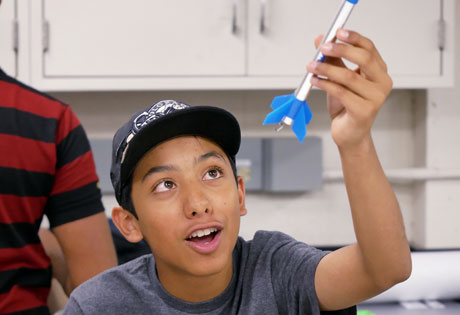
The 2016 Dusty Visions Workshop was held from July 22nd - 24th at the University of Colorado, Boulder. Hosted by LASP and IMPACT, the workshop discussed all things space dust with topics including the dynamics and characteristics of interplanetary/interstellar, circumplanetary, and cometary dust, laboratory experiments, dust instrumentation, and current/future space missions. A complete list of talks and more information on the workshop can be found here.

Oak Nelson is an undergraduate student in Engineering Physics and works at IMPACT under Dr. Tobin Munsat on initial experiments in the ice chamber. He was selected as one of only two University of Colorado Astronaut Scholars. The award ceremony will be held on Oct. 2nd at 2pm in the Kittredge Auditorium. Astronaut Gary Payton will give a short lecture and presentation.

IMPACT has participated in its sixth consecutive International Observe the Moon Night (InOMN). Every year since 2010, IMPACT has engaged the community in lunar science by providing a knowledgeable staff as well as a variety of telescopes. Typically, there are a few hundred people that stop by to take look at our moon and learn something new about our closest neighbor in the cosmos.
More information about InOMN can be found here.
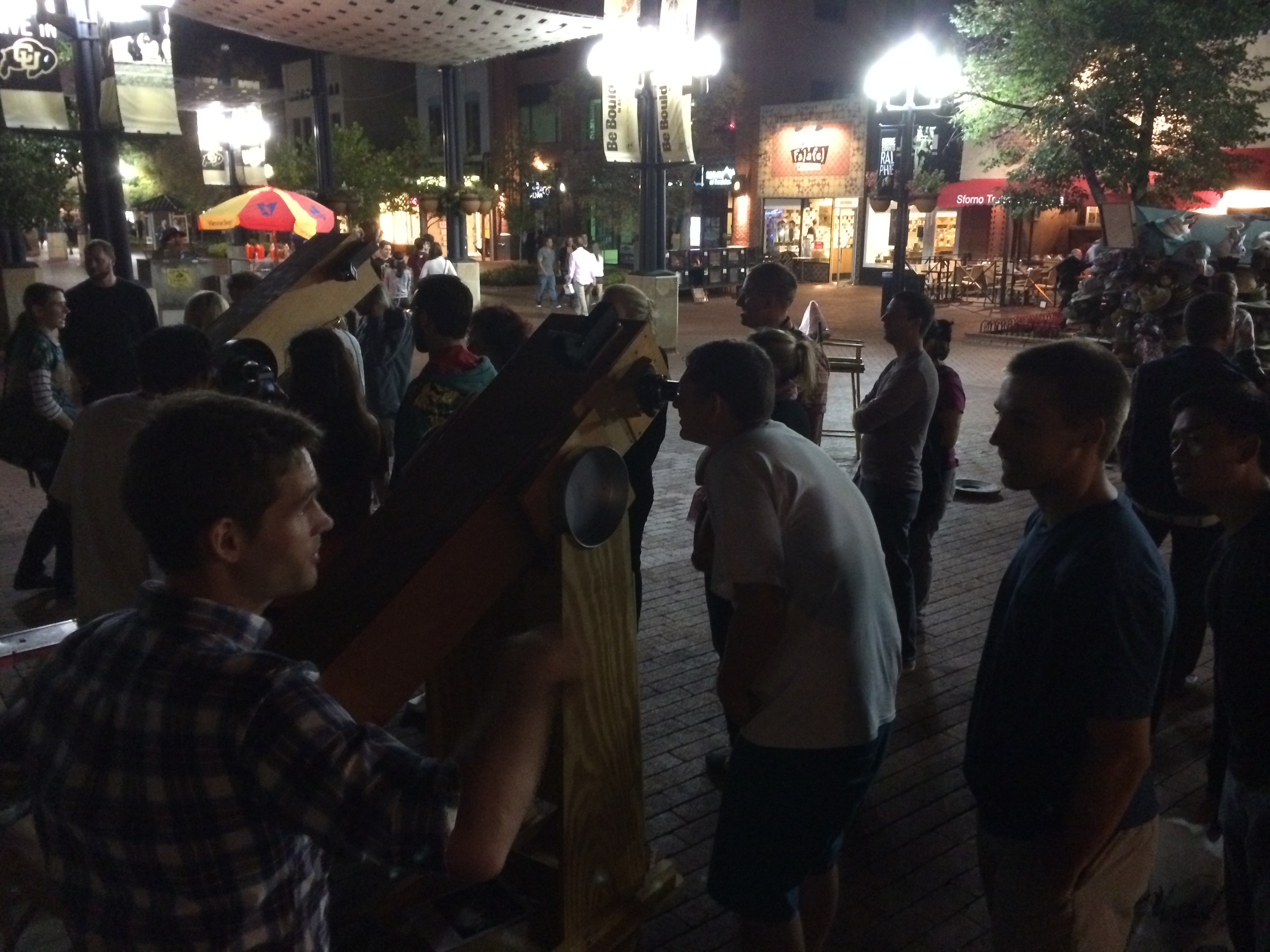
NASA's Solar System Exploration Research Virtual Institute (SSERVI) and the SSERVI teams at University of Central FL (CLASS) and Brown University/MIT (SEEED) are sponsoring a graduate seminar discussing science and exploration of Mars' moons, Phobos and Deimos. The aim of the seminar is to indentify important science and engineering question regarding robotic and human exploration of the moons.
The seminar combines professional and student lead lectures discussing topics such as cratering history, origin and formation theories, geology, space weathering, and evolution of the system. The lectures will be live streamed via adobe-connect and available online.
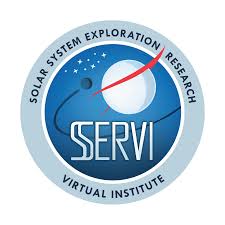
In 2006 NASA launched New Horizons to explore Pluto, the Kuiper Belt, and beyond. New Horizons had its closest approach with Pluto on July 14th, 2015 being the first spacecraft to visit the unexplored body. During the nearly 10 year flight to Pluto, a student-built instrument named the Student Dust Counter (SDC) has been taking interplanetary dust measurements to map the size distribution of dust particles in our solar system. The principle investigator of the SDC is Mihály Horányi, who oversees the project.
Articles from the NY Times, Washington Post and Channel 9 News discuss the SDC and include interviews with Mihály Horányi as wells as past and current students involved with the instrument.
For more information, please visit the SDC website, here

IMPACT researchers discover an asymmetric, permanent dust cloud around the Moon with LADEE instrument LDEX. These results were released in a Nature paper on June 18, 2015 with lead author and PI of LDEX, Mihály Horányi. Co-Authors include Jamey Szalay, Sascha Kempf, Eberhard Grün and Zoltan Sternovsky from IMPACT as well as Juergen Schmidt from University Oulu in Finland and Ralf Srama from the University of Stuttgart in Germany.
Articles from the LA Times and National Geographic discuss the paper as well as the LDEX instrument.
The Nature paper can be found, here.

On May 26th NASA announced their selection of 9 instruments for a mission to Europa, an icy moon of Jupiter. Among the selected instruments will be the LASP-built SUrface Dust Mass Analyzer (SUDA) with IMPACT's own, Sascha Kempf acting as the principle investigator. SUDA will study the composition of solid particles originating from Europa's surface.
Europa is believed to have a subsurface ocean capable of supporting life, providing an opportunity to search for living organisms beyond our planet. Furthermore, exploration of Europa may provide insight to the conditions necessary for the emergence of life in our solar system.
More information about SUDA can be found here.
More information about the entire Europa mission can be found here.
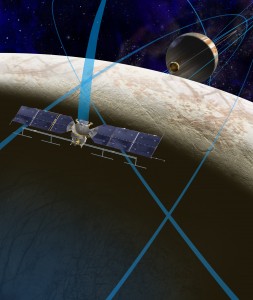
Oak Nelson is an undergraduate student in Engineering Physics and works at IMPACT under Dr. Tobin Munsat on initial experiments in the ice chamber. He was awarded the prestigious Goldwater Scholarship, which recognizes sophomores and juniors who have achieved high academic merit and who are expected to be leaders in their fields. Nelson is among only 260 Goldwater Scholars selected from a pool of 1,206 mathematics, science and engineering students from universities and colleges nationwide.

Earlier this year, the Japanese public broadcasting organization, NHK, filmed a video regarding the lunar phenomena known as horizon glow. IMPACT's PI, Dr. Mihály Horányi, and Co-I Dr. Xu Wang are featured in the video discussing dust transport and current research at IMPACT. An interview with Dr. Mihály Horányi starts at 27:40 followed by footage of an experiment conducted by Dr. Xu Wang.
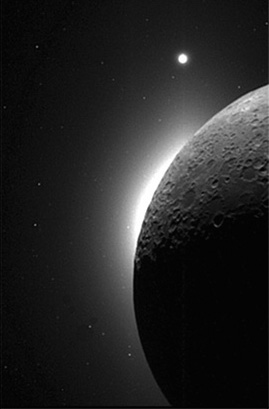
IMPACT research associate, Dr. Sean Hsu is the lead author of a recent Nature paper that analyzed nanometer-sized silica particles originating from Enceladus, the geologically active moon of Saturn. Using data collected by the Cosmic Dust Analyser (CDA) aboard the Cassini spacecraft, this study provides new insights to Enceladus' subsurface ocean, including its salinity, pH, and temperature. This is also the first indication of ongoing hydrothermal activities outside the planet Earth.
The paper published in Nature can be found here.
A news article from the Daily Camera can be found here.

The Dust Accelerator Laboratory (DAL) detected their fastest dust grain to date. An iron grain with a charge of 0.2 fC and diameter of 30 nm was clocked at a speed of 107.6 km/s (or 240,694 mph). More information about the accelerator can be found here.
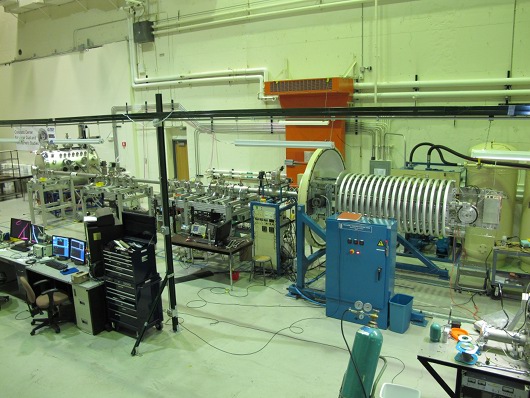
In case you missed it, IMPACT research associate Sean Hsu captured a wonderful picture of the full lunar eclipse that occurred the night of October 7th. Seen here is the 'Blood Moon' near greatest eclipse along with Uranus just to the left of the Moon.

NASA's Lunar Atmosphere and Dust Environment Exporer (LADEE) was launched on Sept. 6th, 2013 to study the structure and composition of the tenous lunar exosphere. LADEE was recently awarded Popular Mechanics 2014 Breakthrough Award for innovation in space craft design and data transfer capabilities.
Popular Mechanics article about LADEE can be found here.
More information regarding the LADEE mission can be found here.
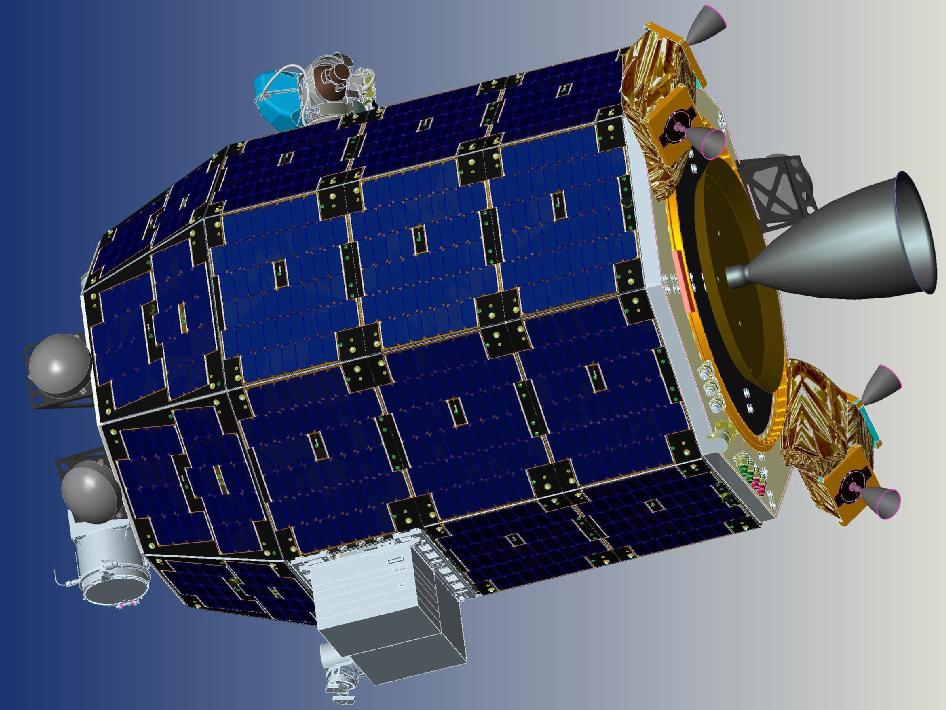
The 3 MV dust accelerator in the Dust Accelerator Laboratory (DAL) has detected its fastest dust grain to date. A dust grain with a charge of 0.65 fC, mass of 6.43 x 10-19 kg, and radius of 269.12 nm was clocked at a speed of 66.9 km/s (or 149,651 mph). More information about the accelerator can be found here.

On September 21st, the Mars Atmosphere and Volatile EvolutioN (MAVEN) mission reached Mars to study the upper atmosphere, ionosphere, and interactions with the sun. MAVEN arrived just in time for an opportunity to observe a comet passing by Mars in October 2014. Recently, NASA held a workshop discussing the comet and observation opportunities. The comet will be observed by both Earth and Mars based instruments.
The proceedings for the workshop can be found here.
More information regarding MAVEN can be here.
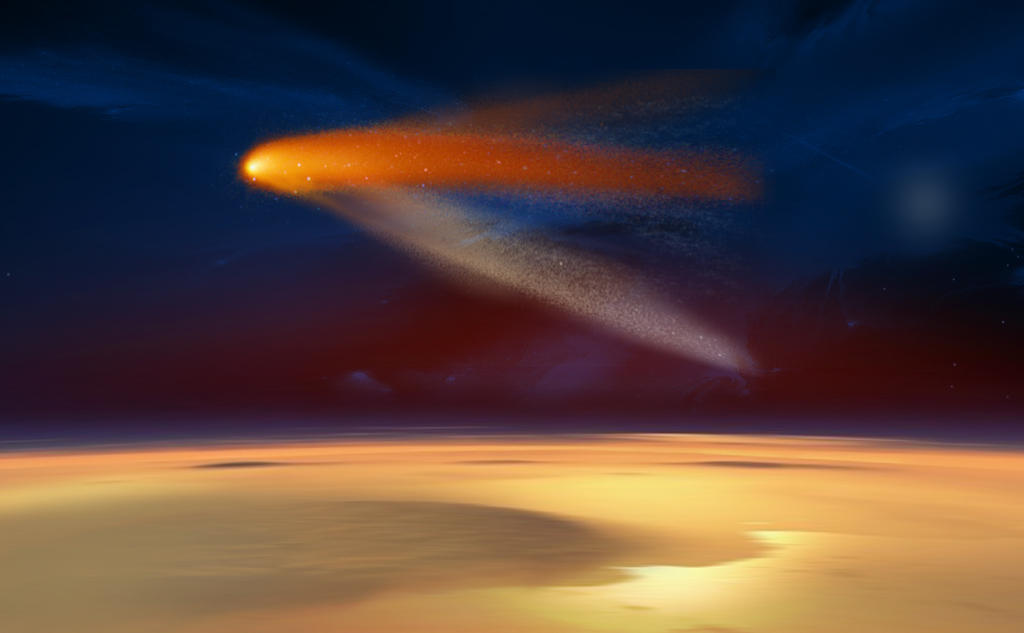
IMPACT has participated in its fifth consecutive International Observe the Moon Night (InOMN). Every year since 2010, IMPACT has engaged the community by providing knowledgeable staff and two reflecting telescopes (with 15" and 17" primary mirrors) placed on Boulder's Pearl Street Mall. Typically there are a few hundred people that attend and take a chance to look at our moon, maybe for the first time, through a telescope and learn something they didn't know from IMPACT staff.

In coordination with IMPACT's Education and Public Outreach program, the Junior Aeorspace Camp is designed to bring science, technology, engineering, and mathematics to underserved and underrepresented students. Tom Mason, of the Laboratory of Atmospheric and Space Physics (LASP), organized a rocket building camp for students of Longmont, CO. The camp incoporated ideas such as Newton's laws of motion, design, and team work. More information about the event can be found in news articles written by Times-Call of Longmont, CO.
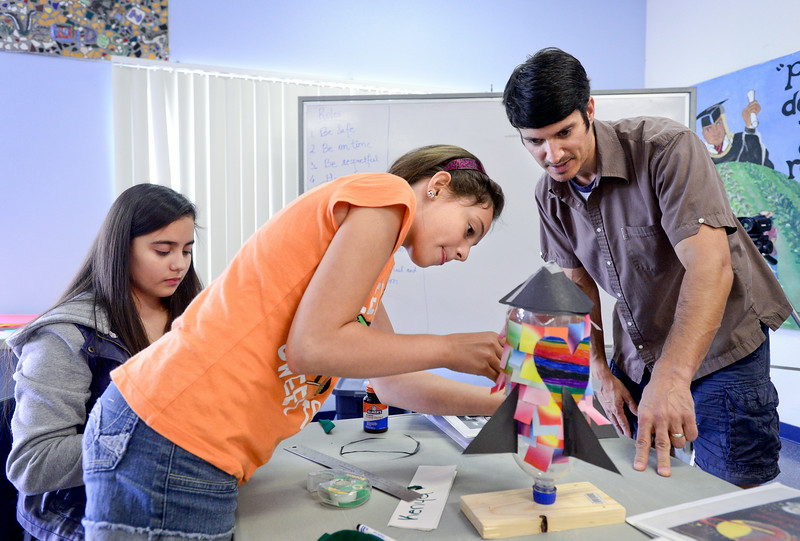
On September 6th people from all over the world will participate in International Observe the Moon Night (InOMN). InOMN provides opportunities to observe the Moon with multiple perpectives including HD images captured by the Lunar Reconnaissance Orbiter (LRO) and views through various telescopes.
Can't see the Moon? Check out "The Moon as Art" image collection put together by LRO: Moon as Art.
Other high resolution images from the Lunar Reconnaissance Orbiter Camera (LROC) can be found here: LROC.
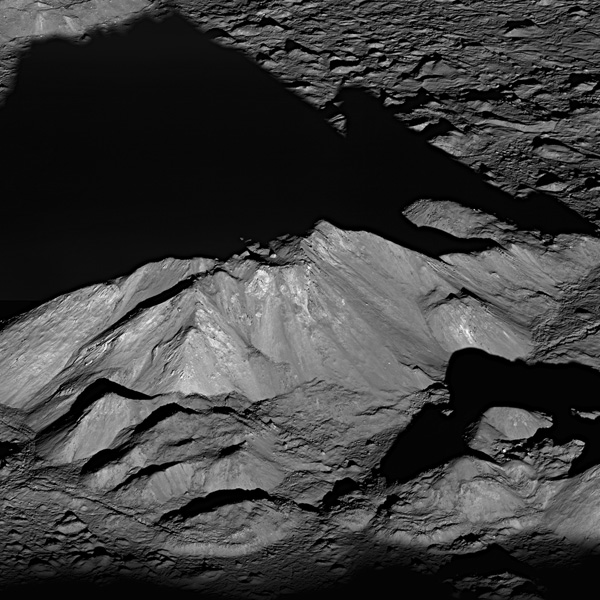
Jack Hunsaker, a high school intern, has revived the high school plasma chamber to study the properties of an Argon plasma. After pumping the Argon gas to a pressure of 1 Torr, or about 0.1% of atmospheric pressure, a filament produces ionizing electrons that collide with the Argon creating the plasma. Jack is also developing the tools necessary to make sweeps of the plasma taking data at various locations.
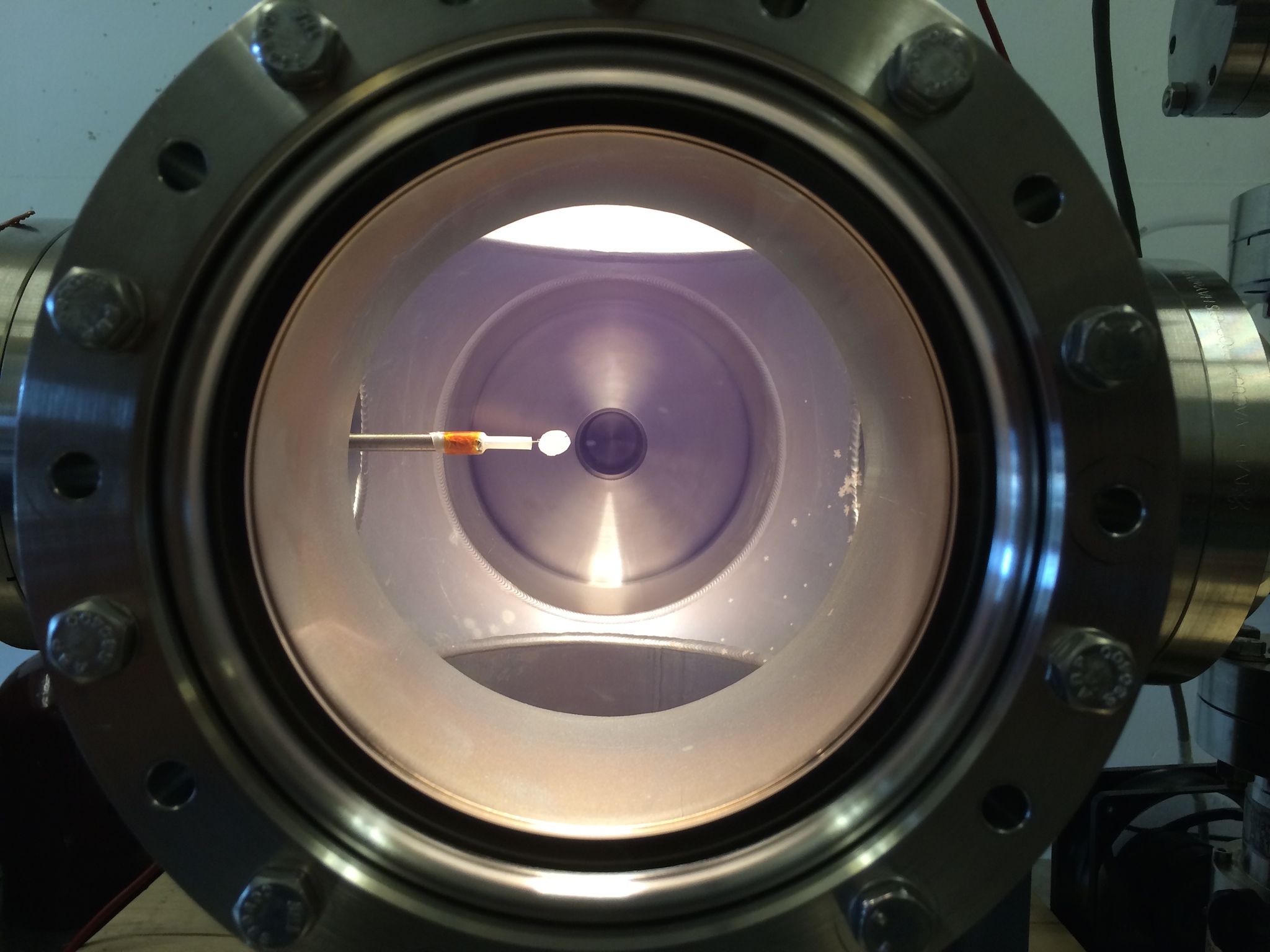
Earlier this month, the Colorado School of Mines campus hosted the 5th joint Space Resources Roundtable (SRR) / Planetary & Terrestrial Mining Sciences Symposium (PTMSS). This meeting brought together indivduals from the space exploration sector, the financial sector, and mining and mineral companies to discuss issues regarding the utilization of resources available on other celestial bodies like the Moon and Mars.
More information on the meeting can be found here: ISRU Info.
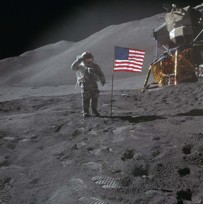
Prof. Mihály Horányi discusses the Lunar Atmosphere and Dust Environment Explorer (LADEE) in an interview with FOX31 Denver News. He talks about the purpose and some of the major findings of the NASA mission.
In an interview with FOX31 Denver News, Jamey Szalay discusses the Student Dust Counter (SDC). SDC is student built and operated instrument aboard the New Horizons mission, which is on its way to Pluto.
On April 17th the LADEE mission came to an end. The Lunar Atmosphere and Dust Environment Explorer (LADEE) had a highly elliptical orbit that allowed the craft to probe a wide range of altitudes. The NASA mission gathered information regarding the composition and structure of the tenous atmosphere and dust environment above the surface. Over the passed weeks, LADEE underwent multiple maneuvers that put it on course to impact the surface and bring the mission to an end.
Other articles from The New York Times and Space Ref are also available.
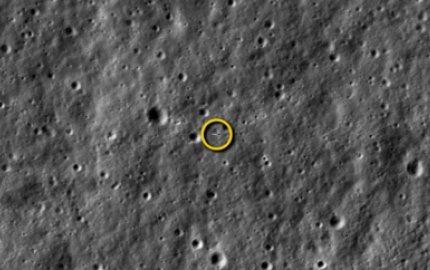
NASA's Lunar Atmosphere and Dust Environment Explorer (LADEE) mission is coming to an end and will impact the lunar surface later this week. Launched in September 2013, LADEE has been exploring the moon's dusty atmosphere trying to unravel mysteries like horizon glow observed by the Apollo missions. Mihály Horányi is the PI of LADEE's Lunar Dust Environment EXplorer (LDEX), which has been collecting dust to characterize both the tenous atmosphere and surface processes.
An article from "space.com" discussing the mission can be found here.
Other articles from Nature and The New Yorker are also available.
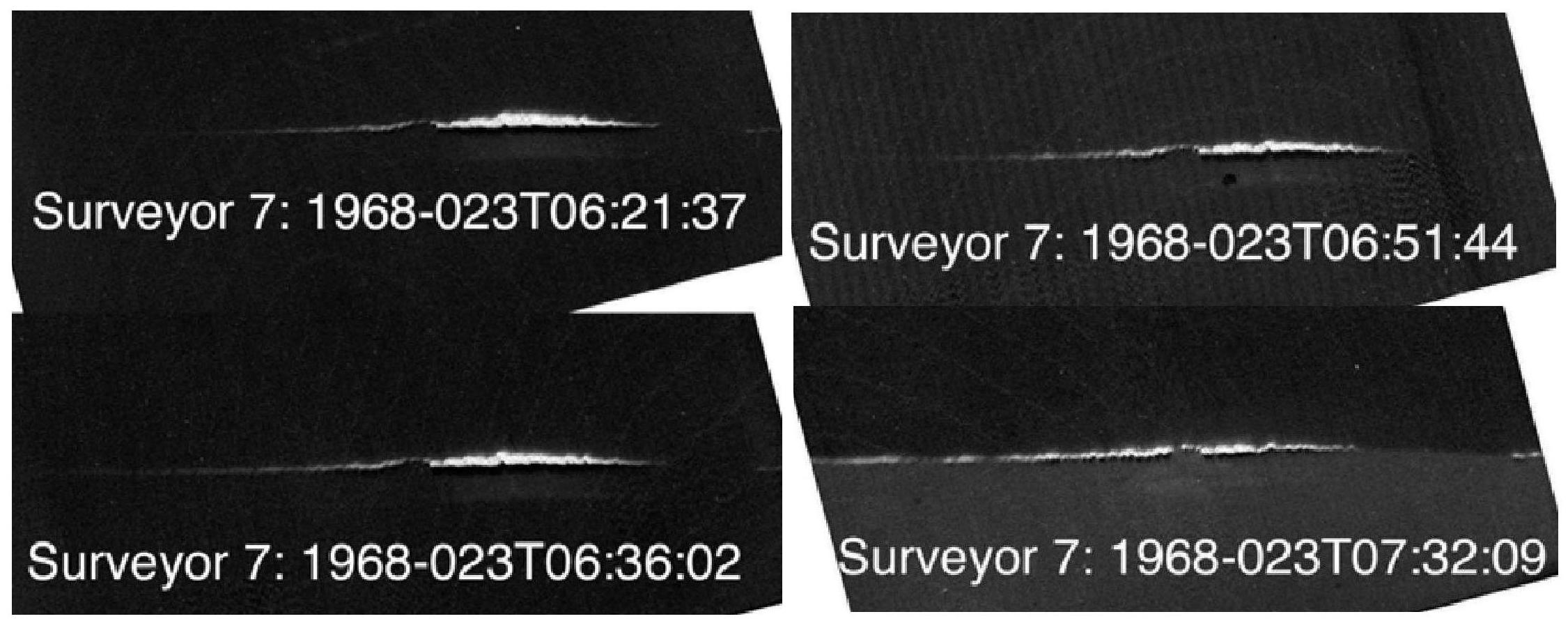
The National Aeronautics and Space Administration (NASA) has approved a 28-day mission extension for the Lunar Atmosphere and Dust Environment Explorer (LADEE). Expected to impact the lunar surface in late April 2014, LADEE will continue gathering information regarding the moon's tenuous atmosphere and dust environment. These observations will provide understanding of the mechanisms and processes that shape the lunar surface and other airless bodies.
The Laboratory for Atmospheric and Space Physics (LASP) provided the Lunar Dust EXperiment (LDEX) onboard LADEE. LASP planetary scientist, Mihály Horányi is the Principal Investigator for LDEX instrument.

The 3 MV dust accelerator in the Dust Accelerator Laboratory (DAL) has detected its fastest dust grain to date. A dust grain with a charge of 0.63 fC, mass of 7.24 x 10-19 kg, and radius of 37.3 nm was clocked at a speed of 61.86 km/s (or 138,377 mph). More information about the accelerator can be found here.

In his new book, "Python and HDF5: Unlocking Scientific Data", author Dr. Andrew Collette outlines effective ways to handle large data sets in HDF5 format using Python. Data analysis is an important component of scientific research and Andrew's book will help provide the framework to do so effectively and efficiently. Before coming to the University of Colorado in 2010, Andrew worked with laser-produced plasmas at the UCLA Basic Plasma Science Facility. More information regarding Andrew's book, including an interview with the Federation of Earth Science Information Partners (ESIP) can be found here.
